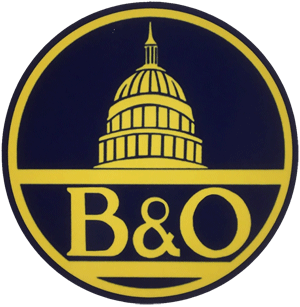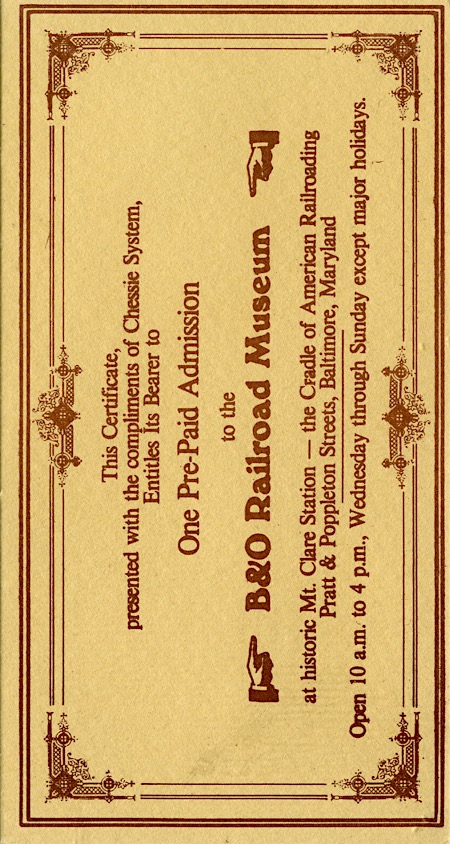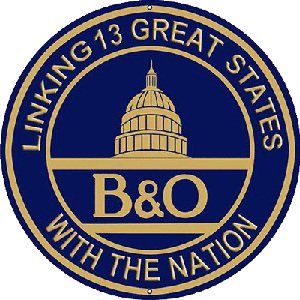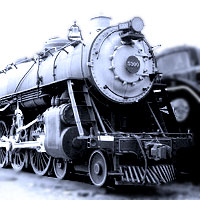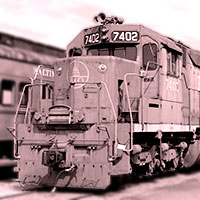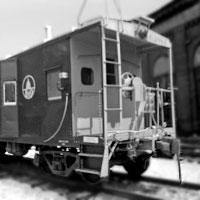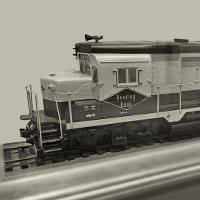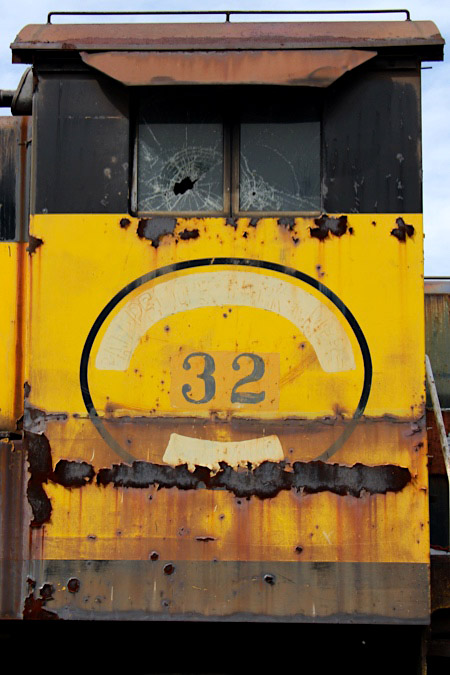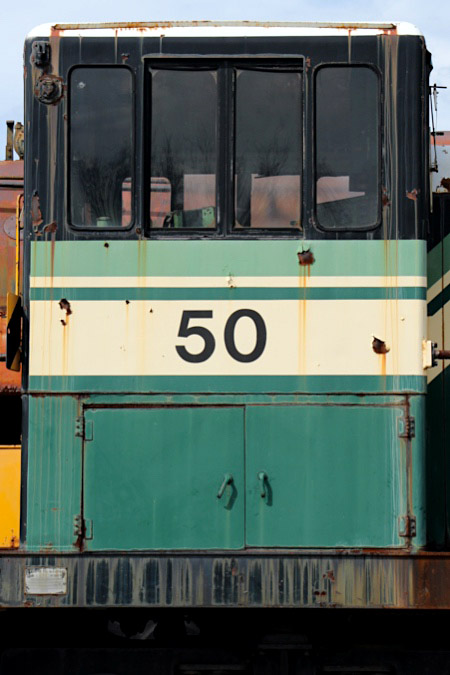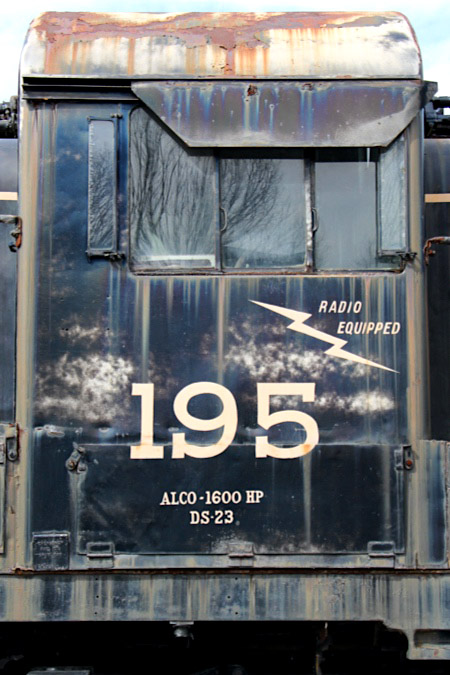
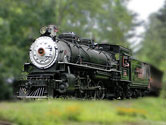






Museum
 |
Baltimore & Ohio
|
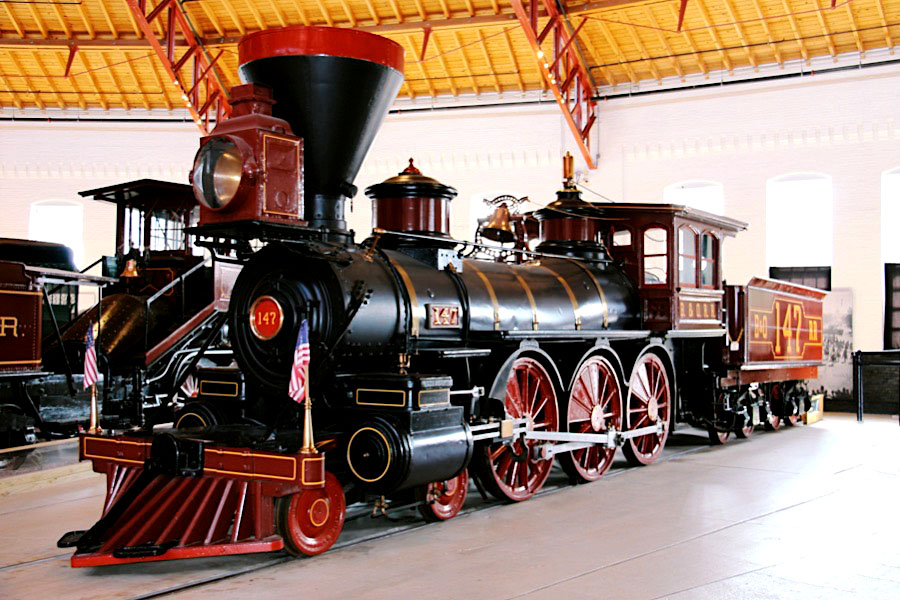
Baltimore, Md / Mar 2016 / RWH


 omprised of the oldest and most comprehensive collection of railroad history in the Western Hemisphere, the Baltimore & Ohio Railroad Museum, Inc. is a unique cultural and educational asset for the city and the region. An unparalleled roster of the 19th and 20th century railroad equipment, original shop buildings, and surviving tracks at the historic Mt. Clare site provide an integrated resource to present virtually every aspect of American railroad development and its impact on our society, culture and economy.
omprised of the oldest and most comprehensive collection of railroad history in the Western Hemisphere, the Baltimore & Ohio Railroad Museum, Inc. is a unique cultural and educational asset for the city and the region. An unparalleled roster of the 19th and 20th century railroad equipment, original shop buildings, and surviving tracks at the historic Mt. Clare site provide an integrated resource to present virtually every aspect of American railroad development and its impact on our society, culture and economy.
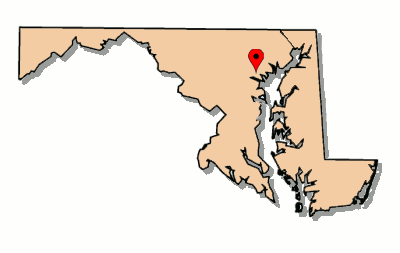
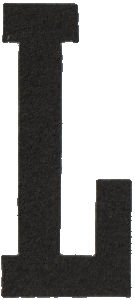 ocated in Baltimore, Maryland, the Baltimore & Ohio Railroad Museum features extensive exhibits of historic American railroad equipment. Originally named the Baltimore & Ohio Transportation Museum when it opened in 1953, today the BORM is considered one of most significant collections of railroad equipment in the world, and has the largest collection of 19th-century locomotives in the United States. The museum is located on the grounds of the Baltimore & Ohio Railroad's former Mount Clare Station and roundhouse, part of the large Mount Clare Shops site that dates back to 1829 -- the oldest railroad manufacturing complex in the United States. The museum's collection includes 250 pieces of rolling stock, several 19th centuary railroad buildings, and over a mile of display track.
ocated in Baltimore, Maryland, the Baltimore & Ohio Railroad Museum features extensive exhibits of historic American railroad equipment. Originally named the Baltimore & Ohio Transportation Museum when it opened in 1953, today the BORM is considered one of most significant collections of railroad equipment in the world, and has the largest collection of 19th-century locomotives in the United States. The museum is located on the grounds of the Baltimore & Ohio Railroad's former Mount Clare Station and roundhouse, part of the large Mount Clare Shops site that dates back to 1829 -- the oldest railroad manufacturing complex in the United States. The museum's collection includes 250 pieces of rolling stock, several 19th centuary railroad buildings, and over a mile of display track.
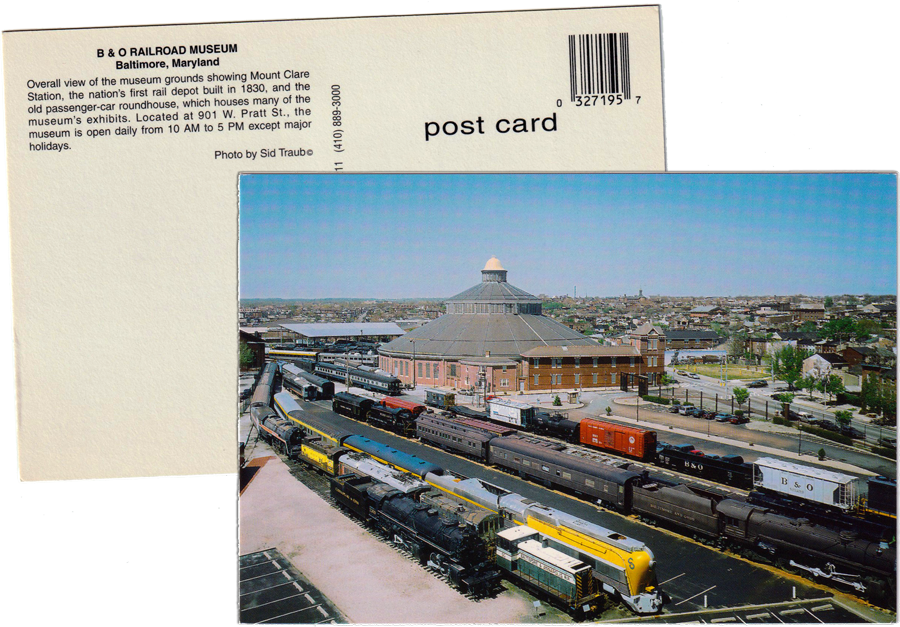
postcard / collection
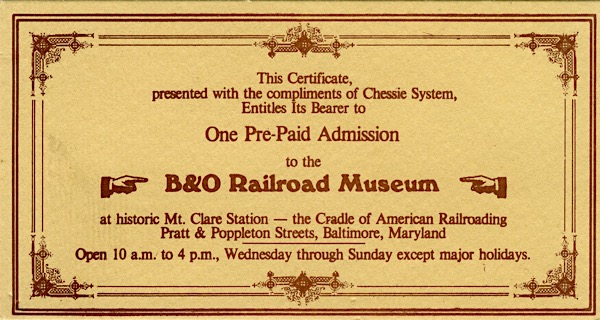
collection

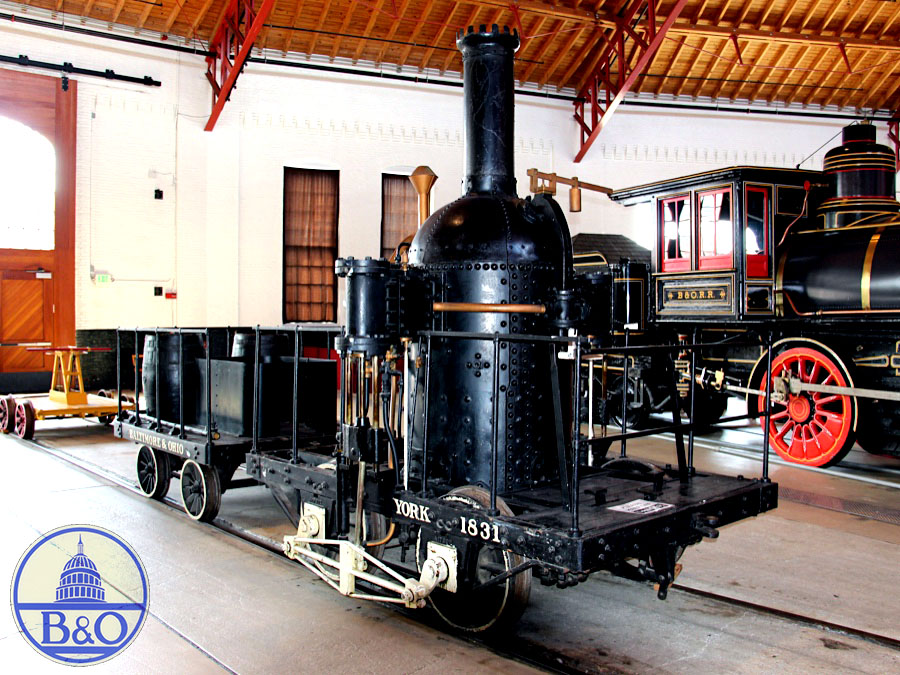
Mar 2016 / RWH
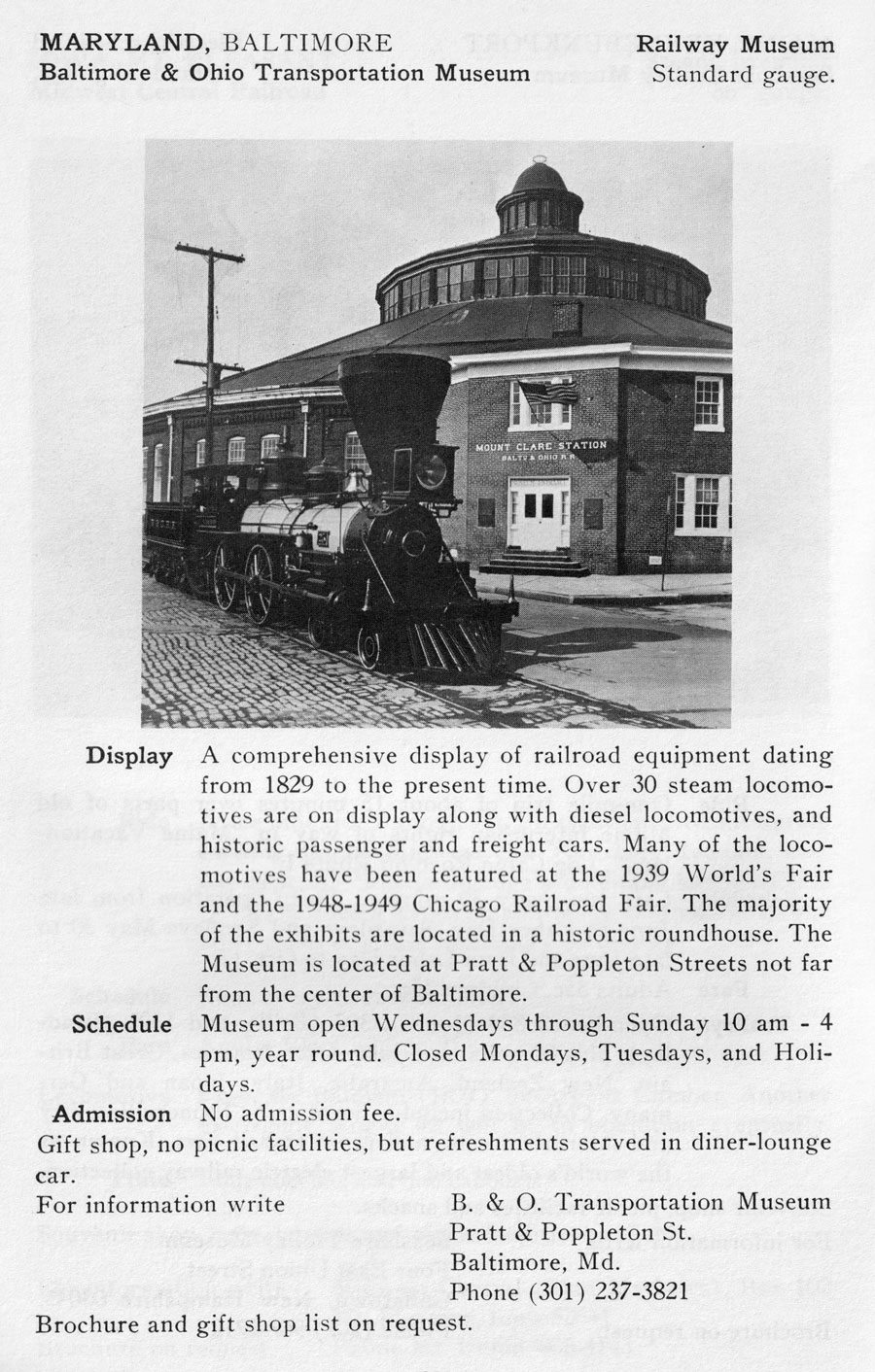
1966 tourist train guide ad / collection
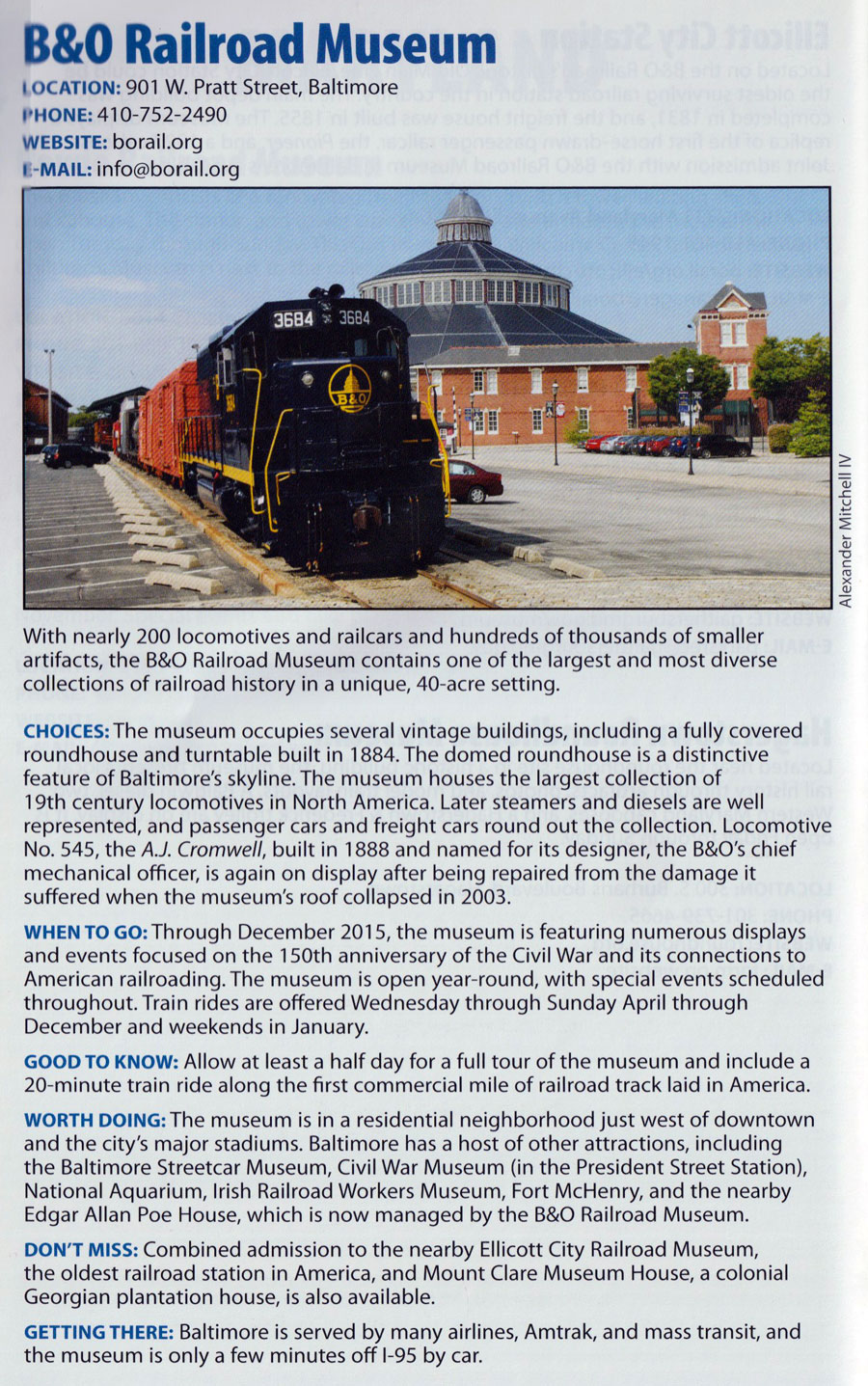
2013 tourist train guide ad / collection

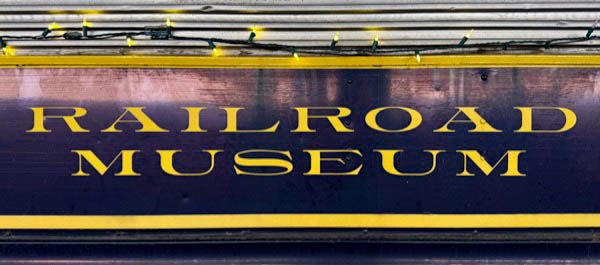
Dec 2024 / RWH

brochure / collection
 Roundhouse
Roundhouse
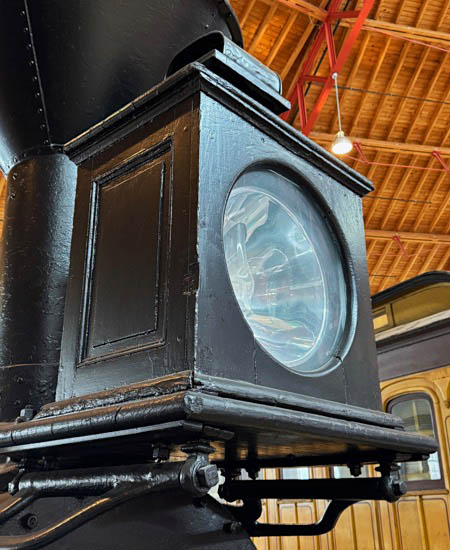
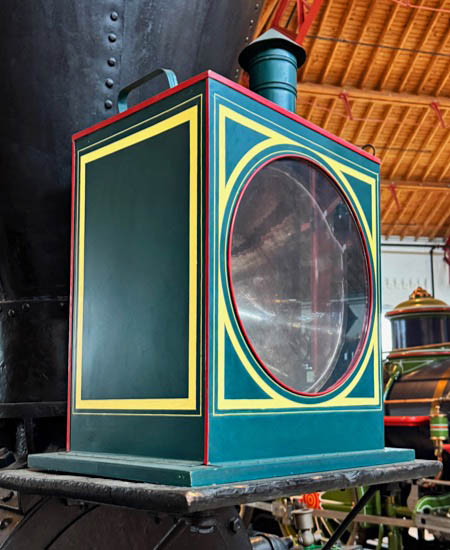
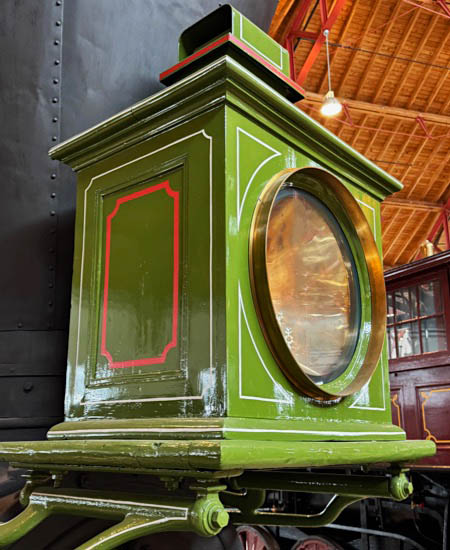
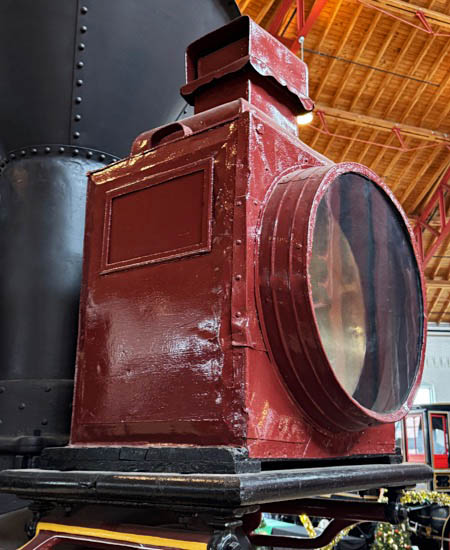

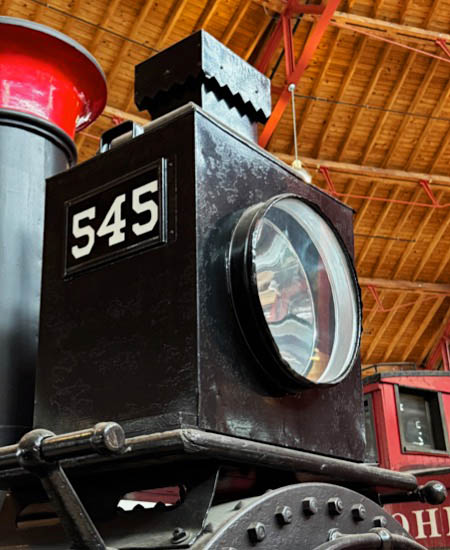
Dec 2024 / RWH

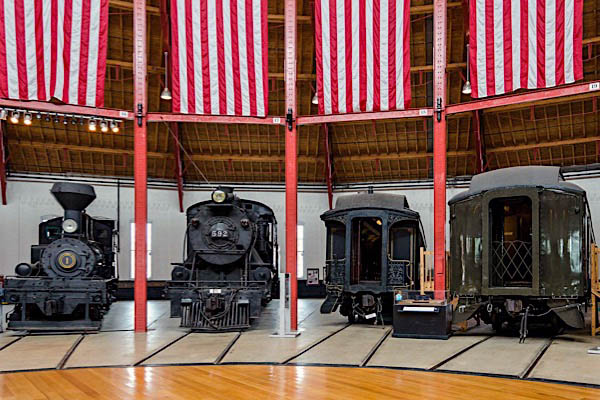
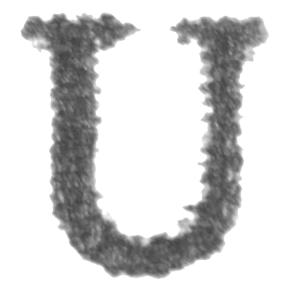 ndoubtedly the most spectacular and best known of the Museum's buildings is the Roundhouse. The Roundhouse was built to accommodate work on passenger cars and replace a similar shop destroyed by fire in February of 1883. Completed by the B&O in 1884 at a cost of $100,471, this 22-sided structure is 245' in diameter, 135' high and contains almost 1 acre beneath its slate roof. Designed by noted architect E. Francis Baldwin, this unique structure was practical as well as magnificent. Built of wrought-iron, brick, wood, and slate, it contained 22 bays, a turntable, and three rows of windows that allowed the maximum amount of natural light to illuminate the building.
ndoubtedly the most spectacular and best known of the Museum's buildings is the Roundhouse. The Roundhouse was built to accommodate work on passenger cars and replace a similar shop destroyed by fire in February of 1883. Completed by the B&O in 1884 at a cost of $100,471, this 22-sided structure is 245' in diameter, 135' high and contains almost 1 acre beneath its slate roof. Designed by noted architect E. Francis Baldwin, this unique structure was practical as well as magnificent. Built of wrought-iron, brick, wood, and slate, it contained 22 bays, a turntable, and three rows of windows that allowed the maximum amount of natural light to illuminate the building.
In the middle of the Roundhouse is the 60' turntable. It was used to position passenger cars in an available bay for necessary repairs and work. By the 1920s passenger cars became increasingly longer and the Roundhouse's usefulness was limited due to the small size of the turntable. Subsequently the building was used less and less. The building was saved from demolition when it became the centerpiece of the Baltimore and Ohio Transportation Museum in 1953 and housed the B&O Railroad's historic collection of locomotives and rolling stock.
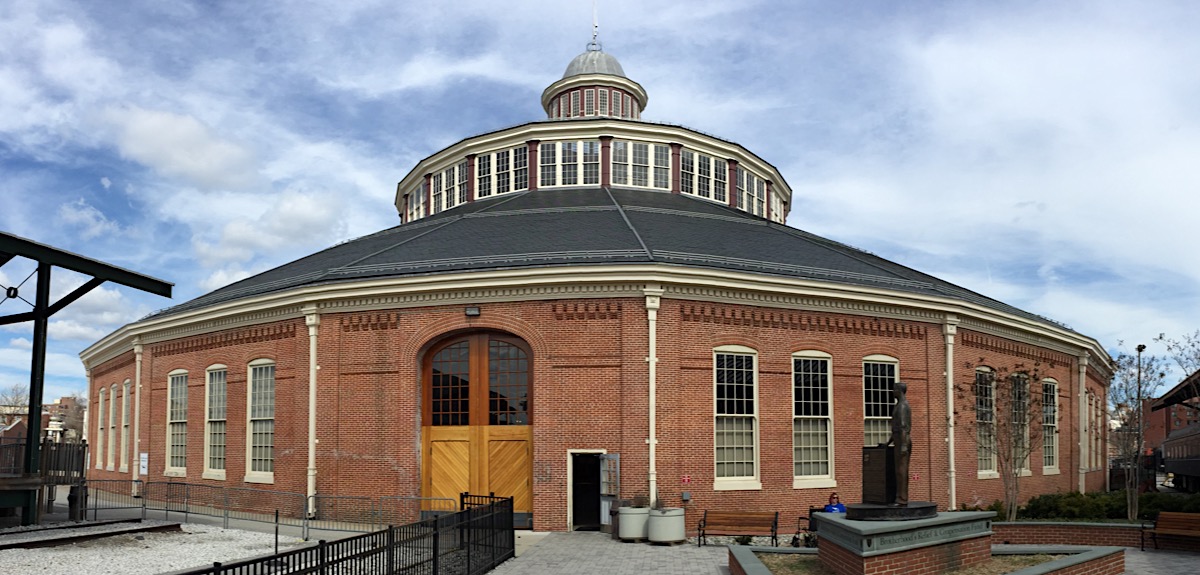
Baltimore, Md / Mar 2016 / RWH

Click to see the museum's location on a Google Maps page
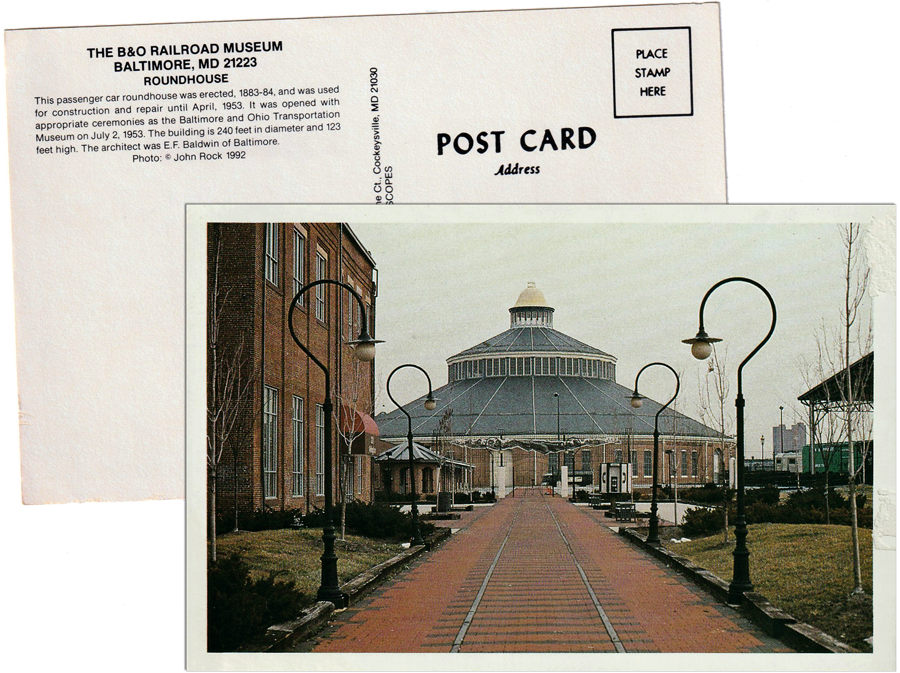
postcard / collection
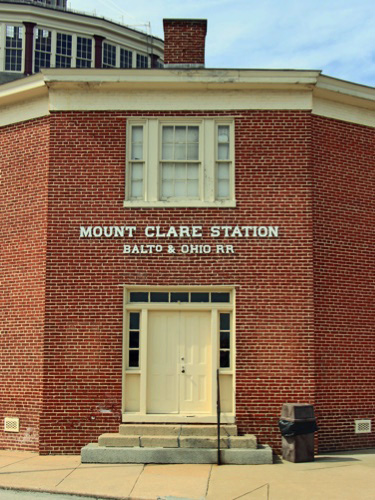
Baltimore, Md / Mar 2016 / RWH
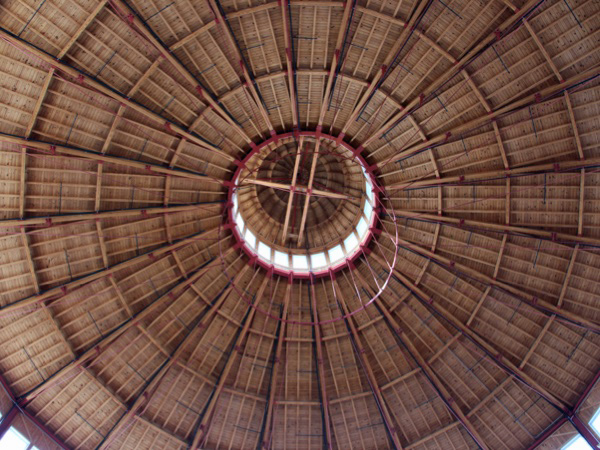
Mar 2016 / RWH

Mar 2016 / RWH
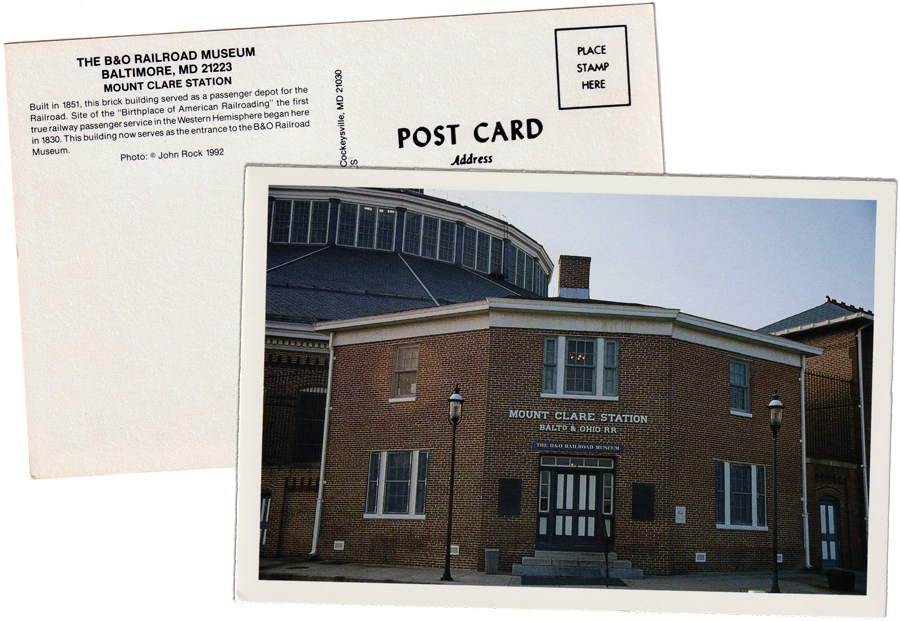
postcard / collection
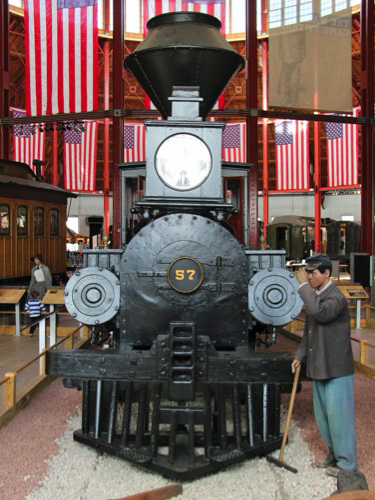
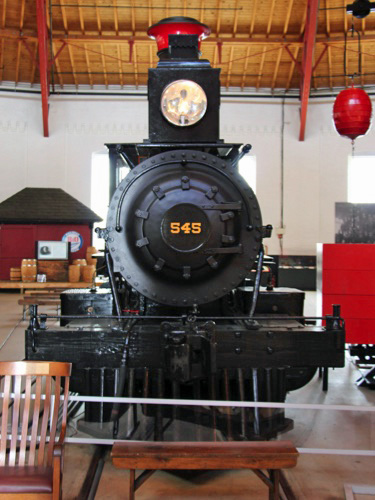
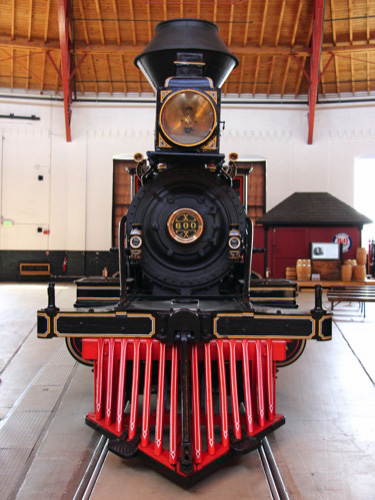
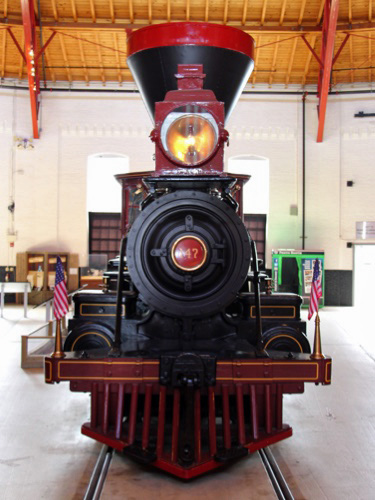
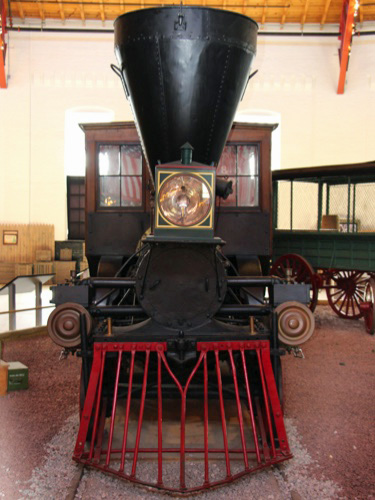
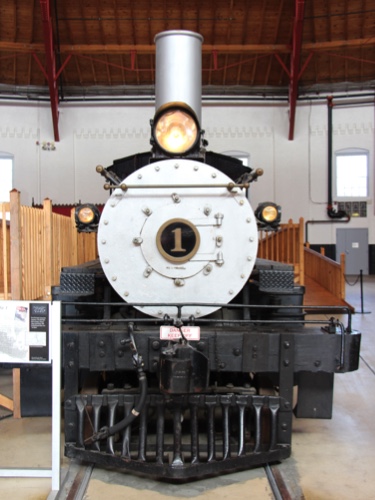
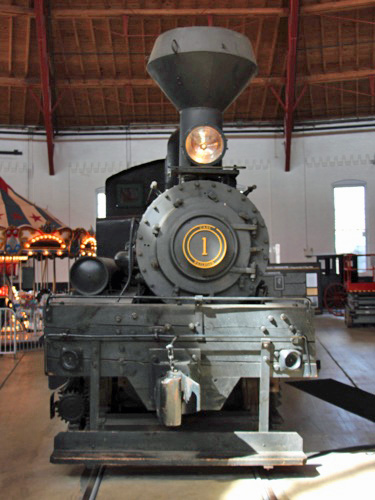
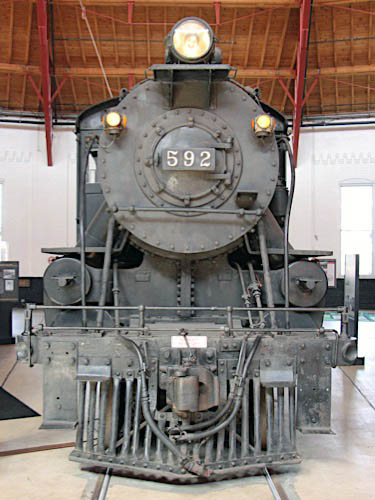
Mar 2016 / RWH
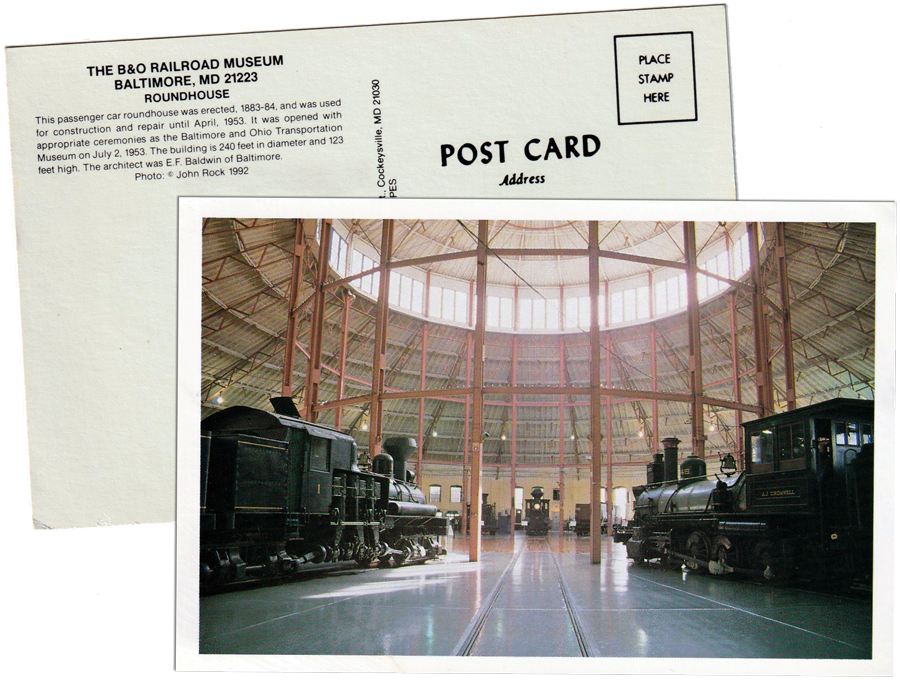
postcard / collection
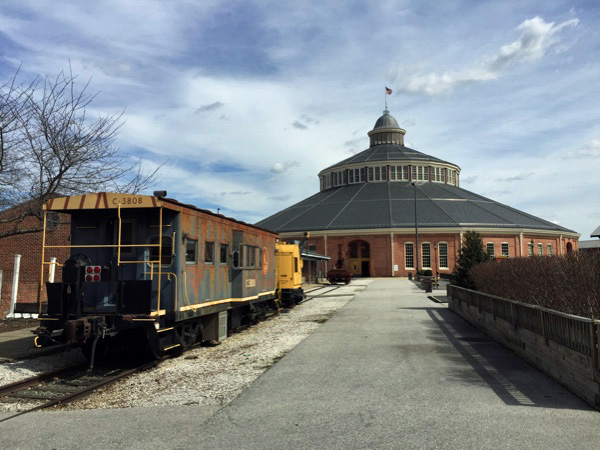
Baltimore, Md / Mar 2016 / RWH
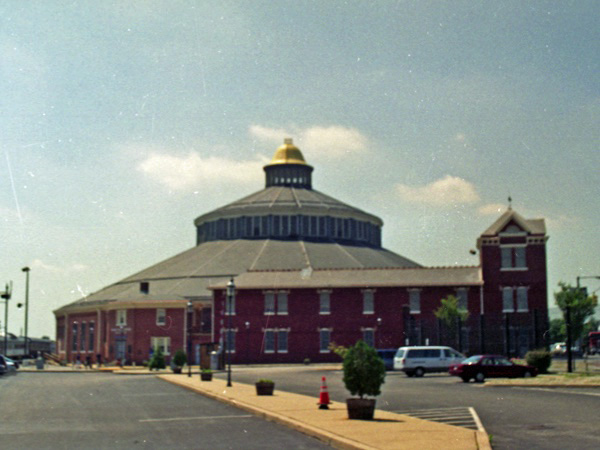
Baltimore, Md / Aug 1994 / JCH

Baltimore, Md / Mar 2016 / RWH
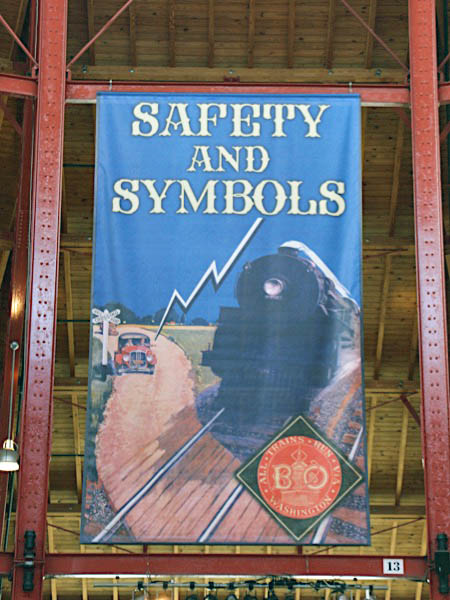
Mar 2016 / RWH
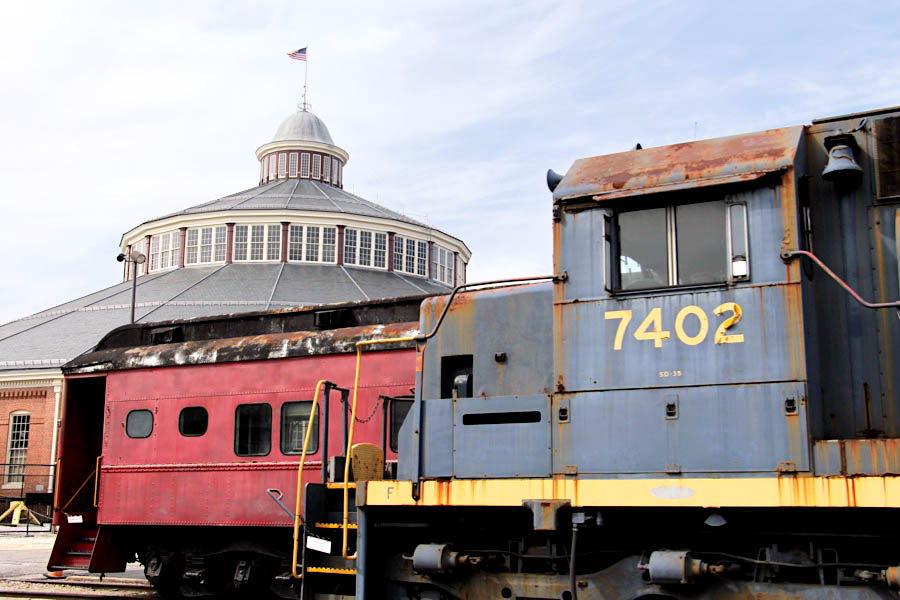
Baltimore, Md / Mar 2016 / RWH

collection
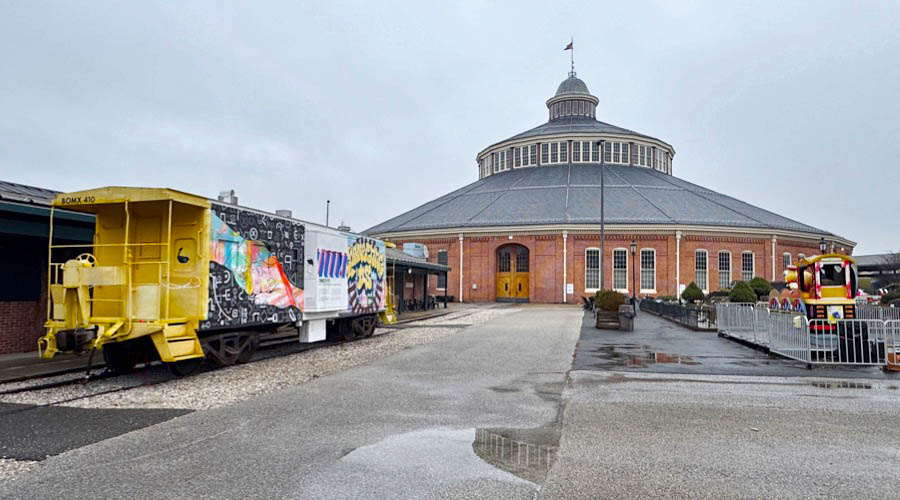
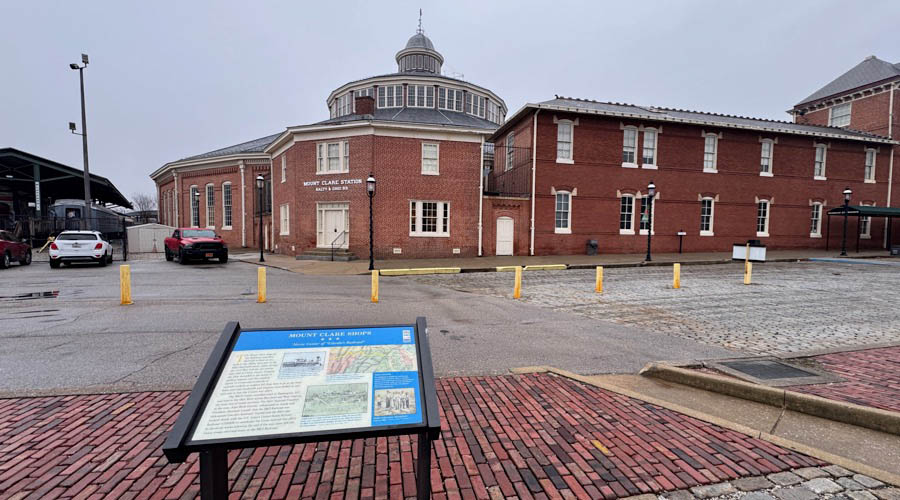
Baltimore, Md / Dec 2024 / RWH
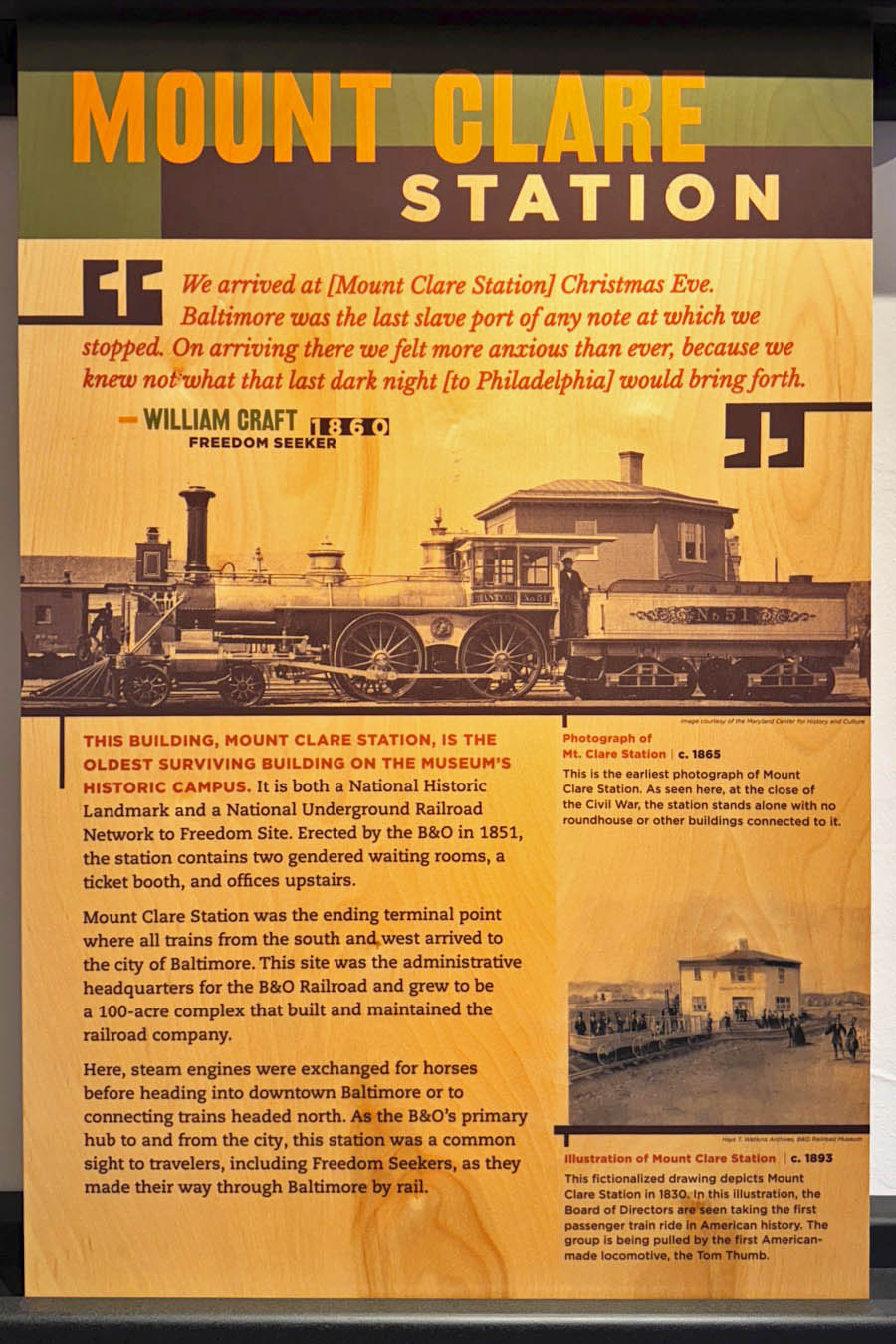
Dec 2024 / RWH
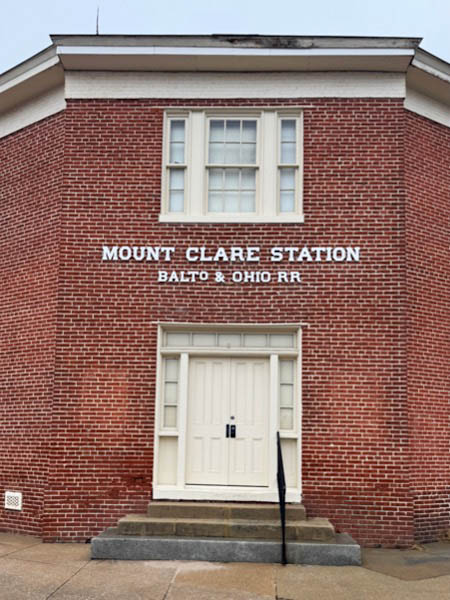
Dec 2024 / RWH
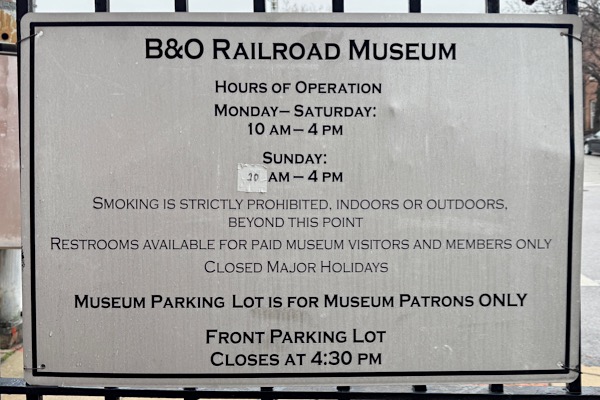
Dec 2024 / RWH
Scrapbooks
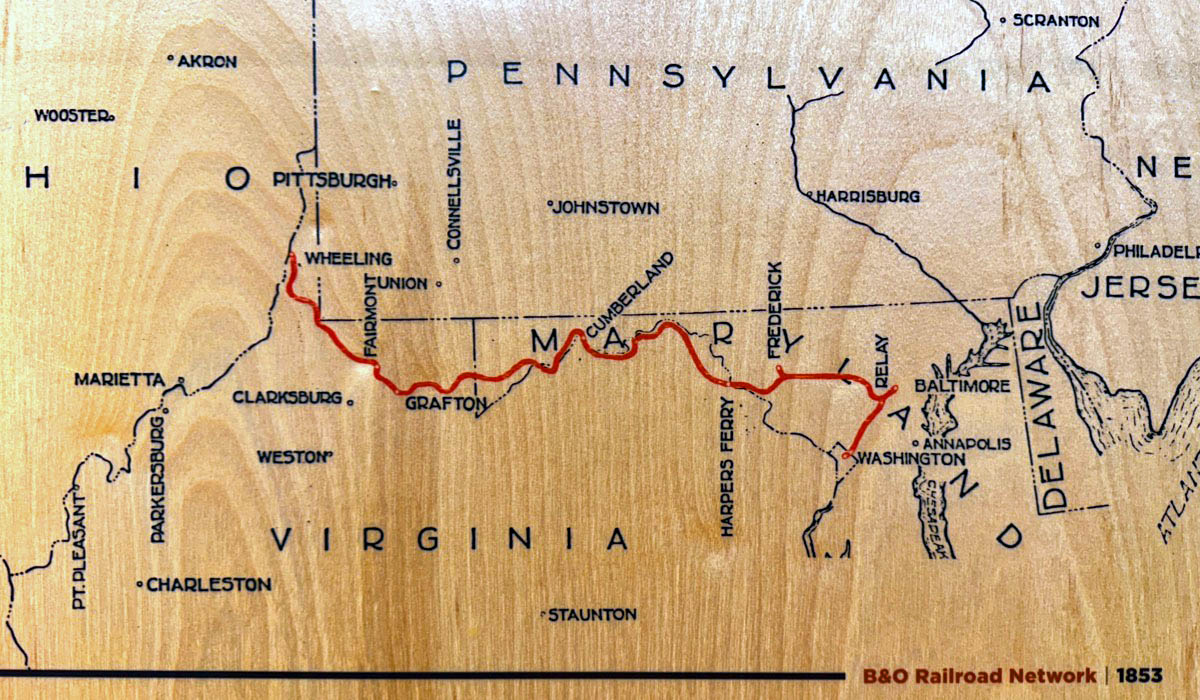
1853 B&O system map display / Dec 2024 / RWH
 Christmas @ Mt. Clare
Christmas @ Mt. Clare
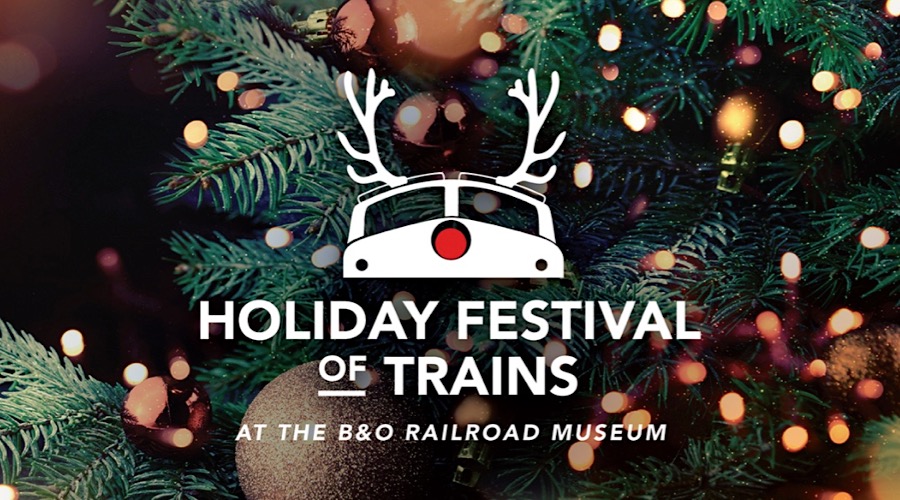
Baltimore & Ohio Railroad Museum


Dec 2024 / RWH
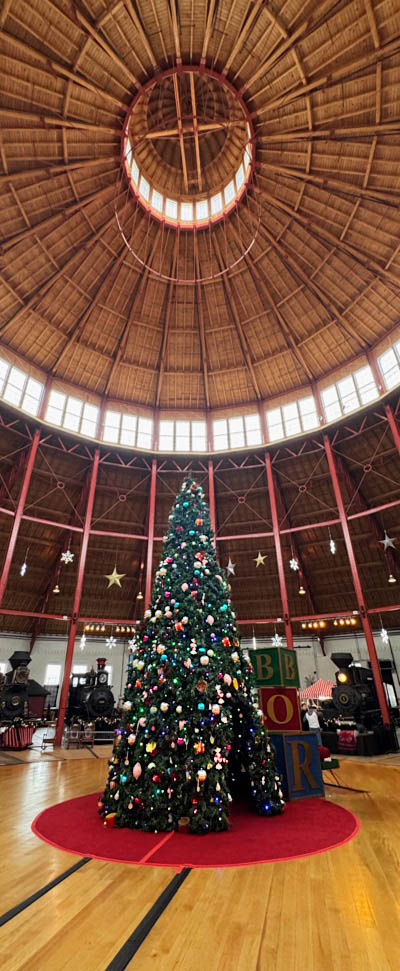
Dec 2024 / RWH
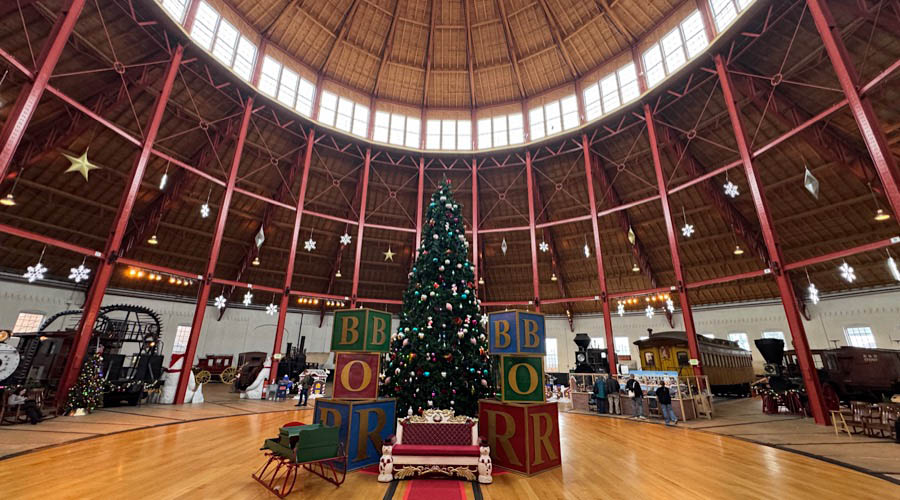
Dec 2024 / RWH
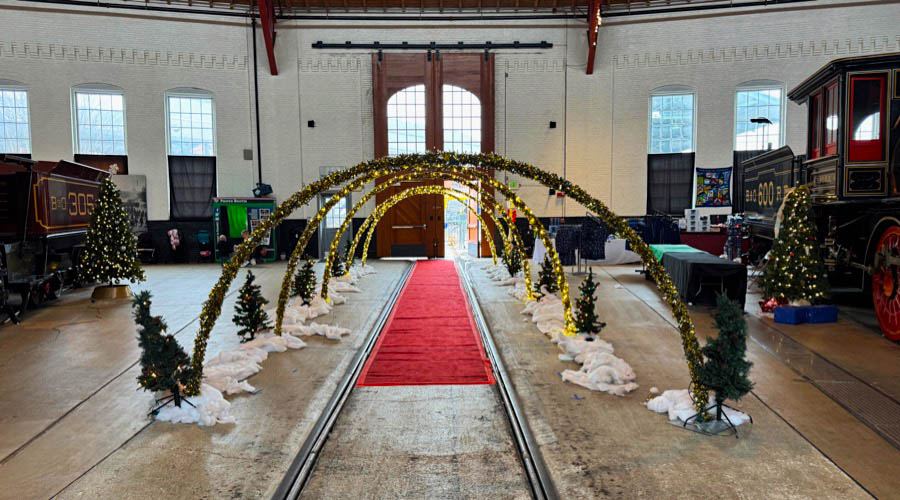
Dec 2024 / RWH

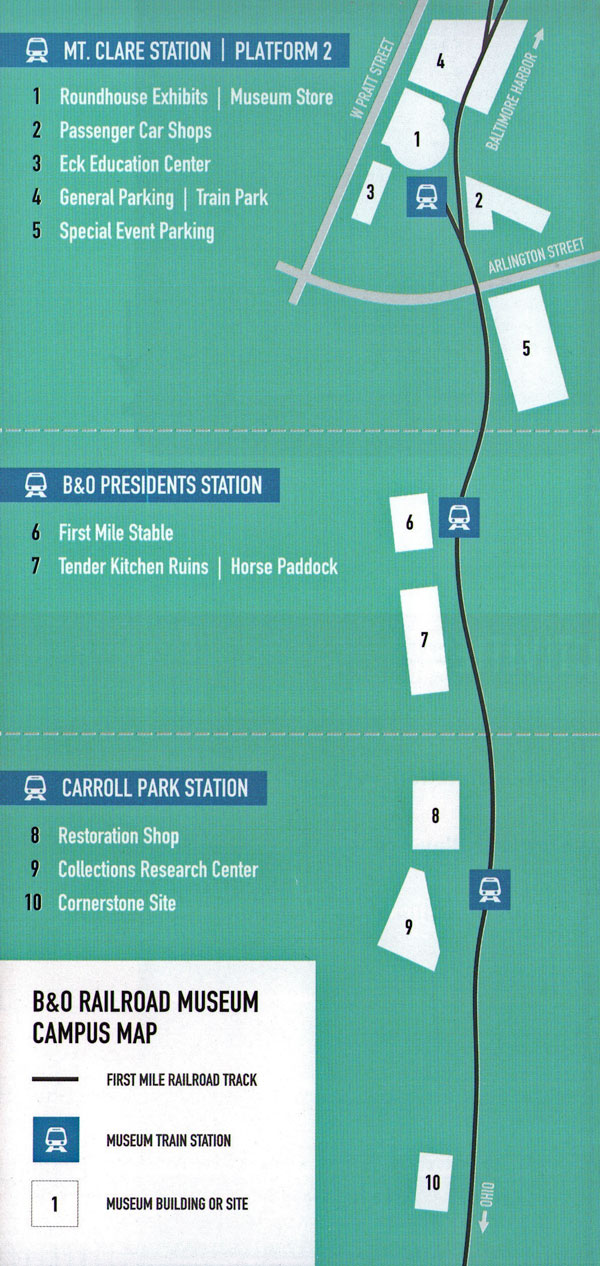
collection
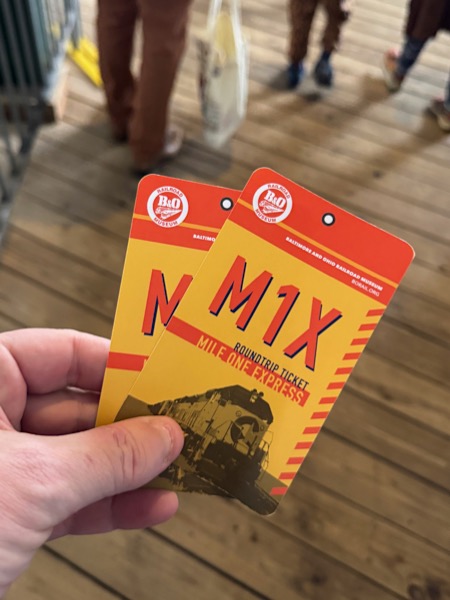
Dec 2024 / RWH
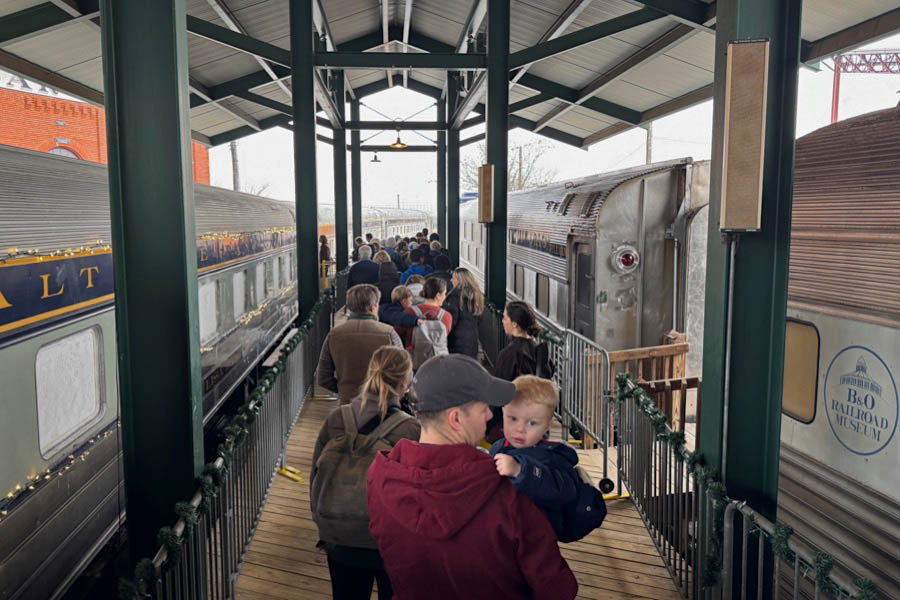
Baltimore, Md / Dec 2024 / RWH
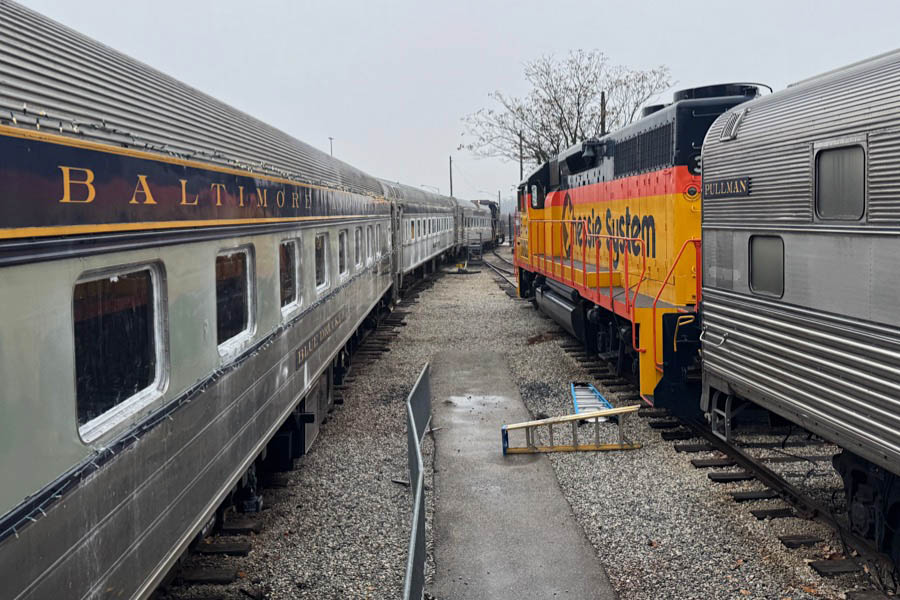
Baltimore, Md / Dec 2024 / RWH
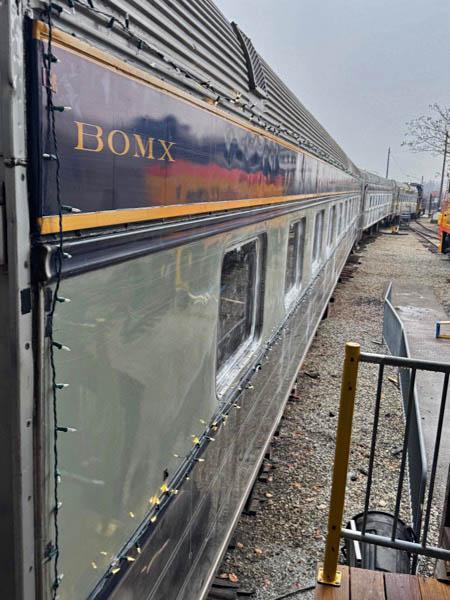
Dec 2024 / RWH
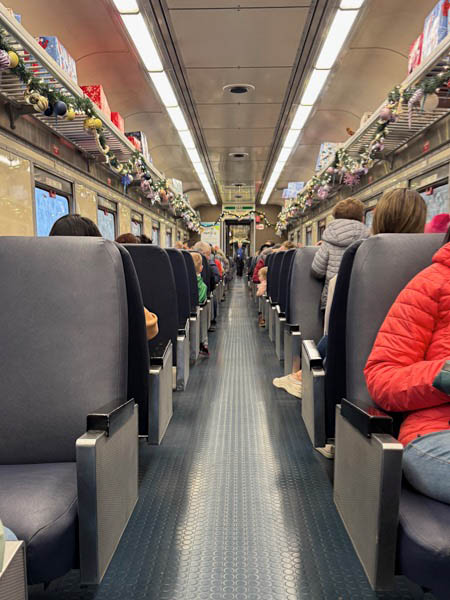
Dec 2024 / RWH
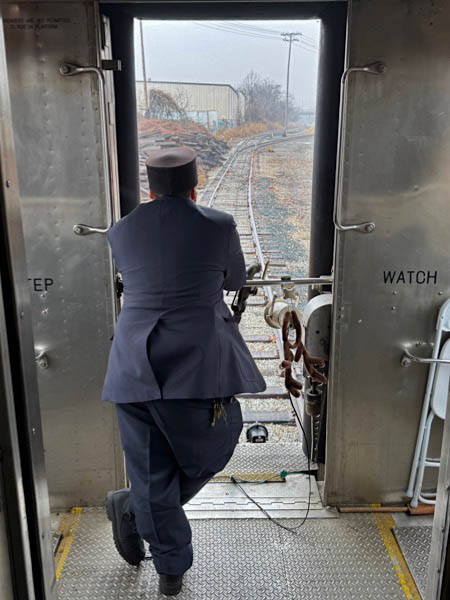
Dec 2024 / RWH


Baltimore, Md / Dec 2024 / RWH
Publications
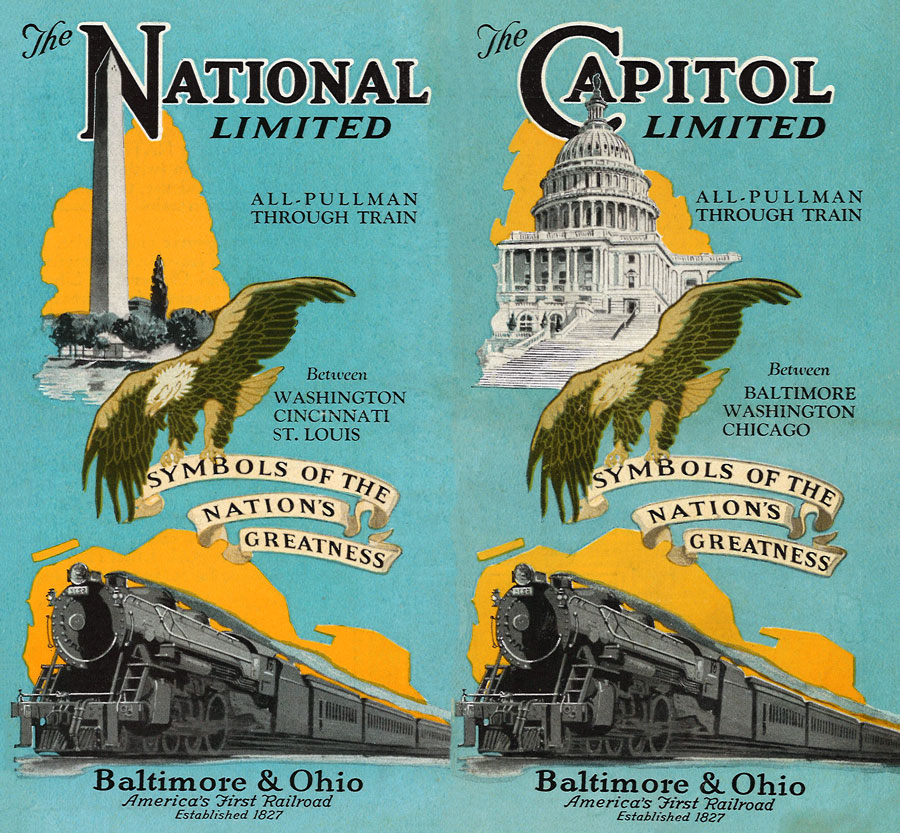
1920 passenger pamphlet / collection
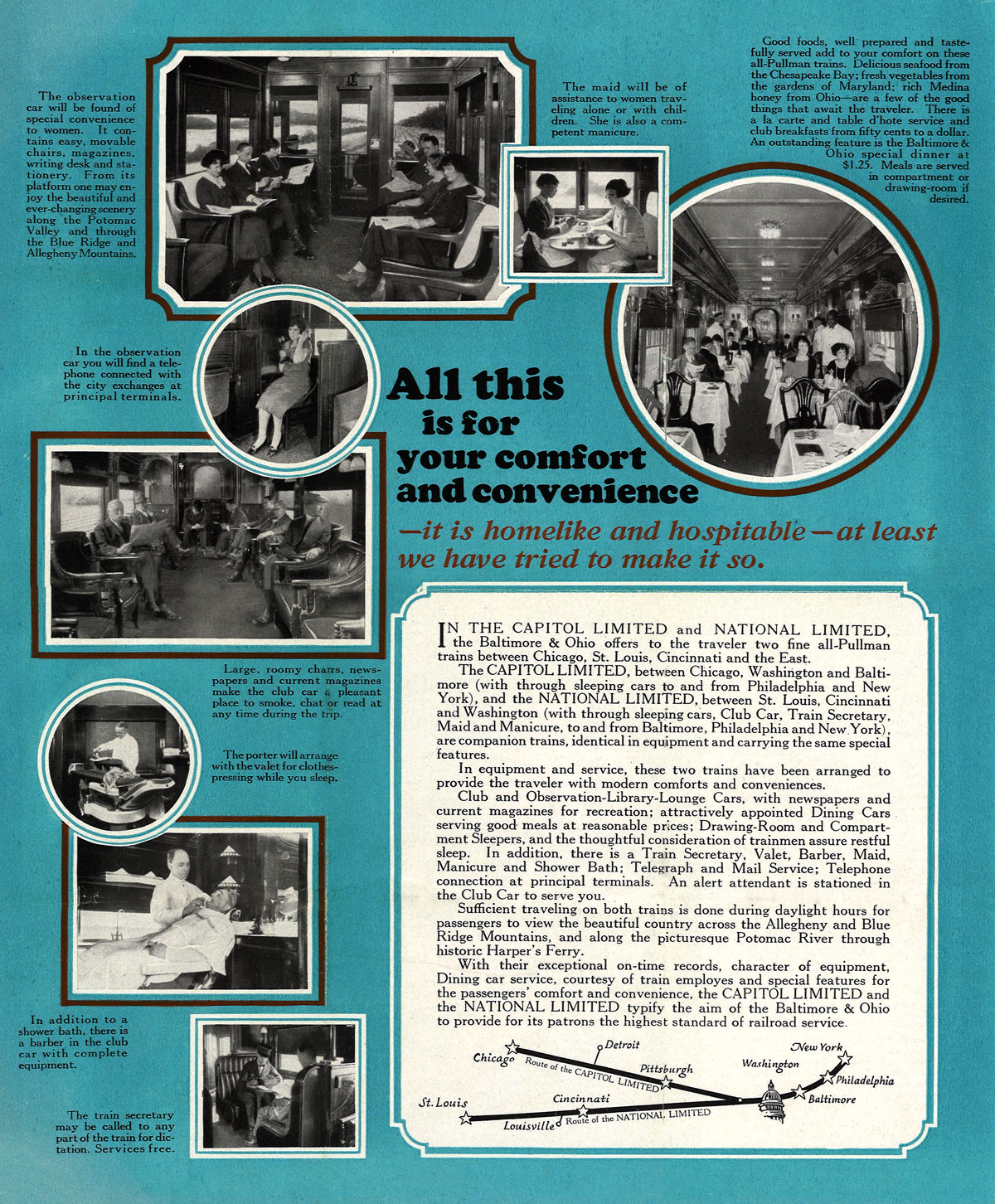
1920 passenger pamphlet / collection
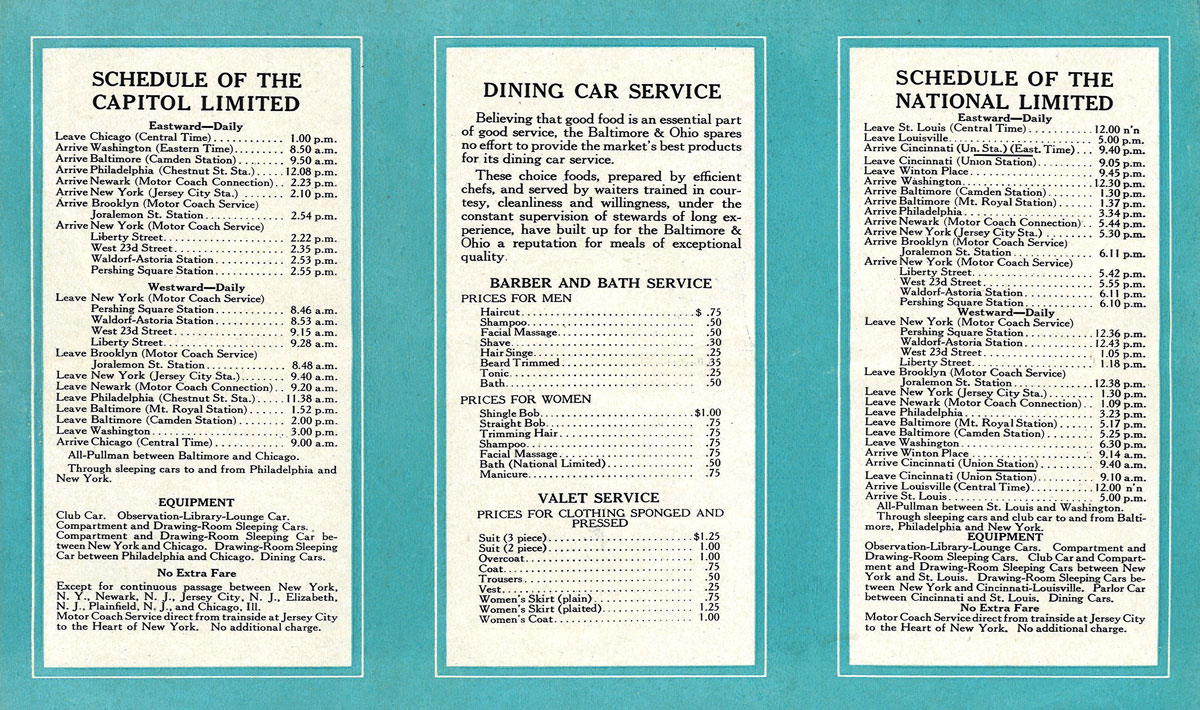
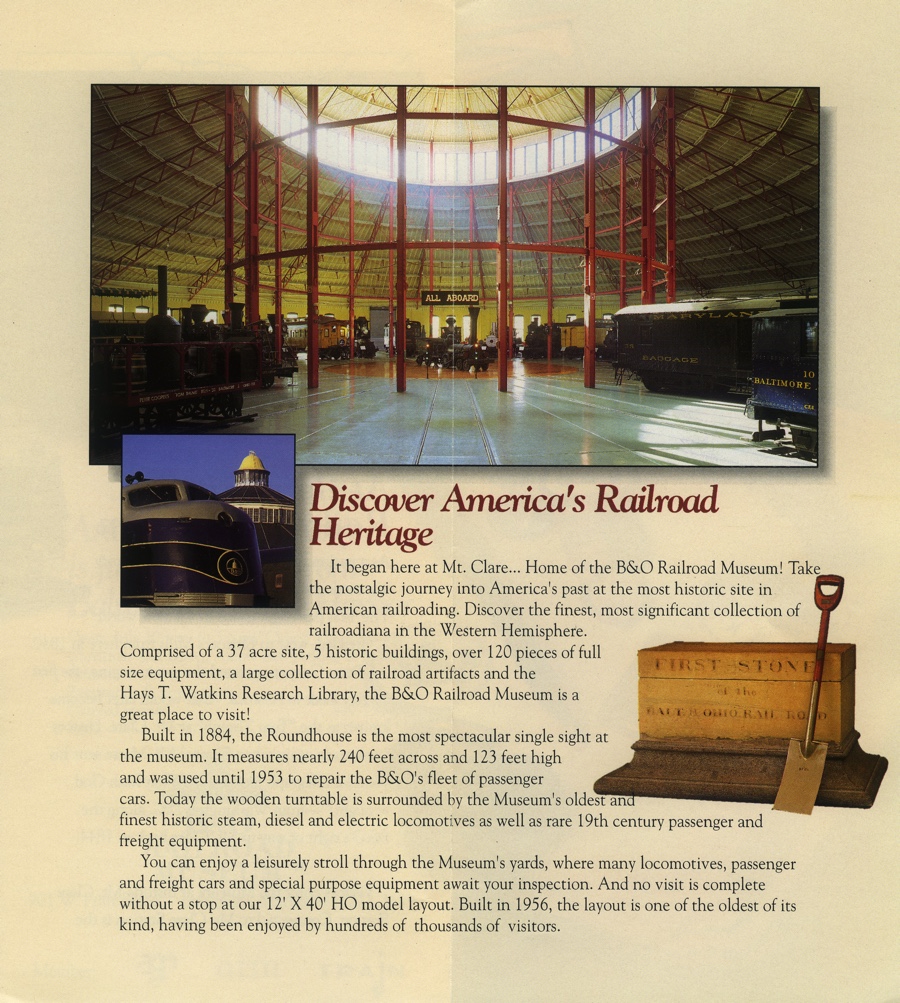
collection
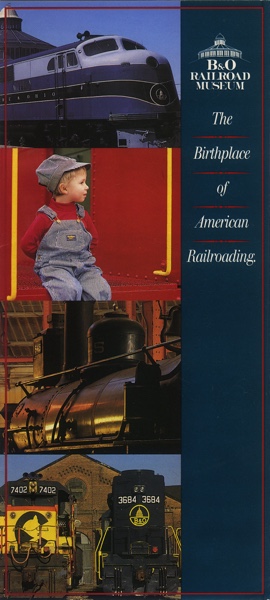
brochure / collection
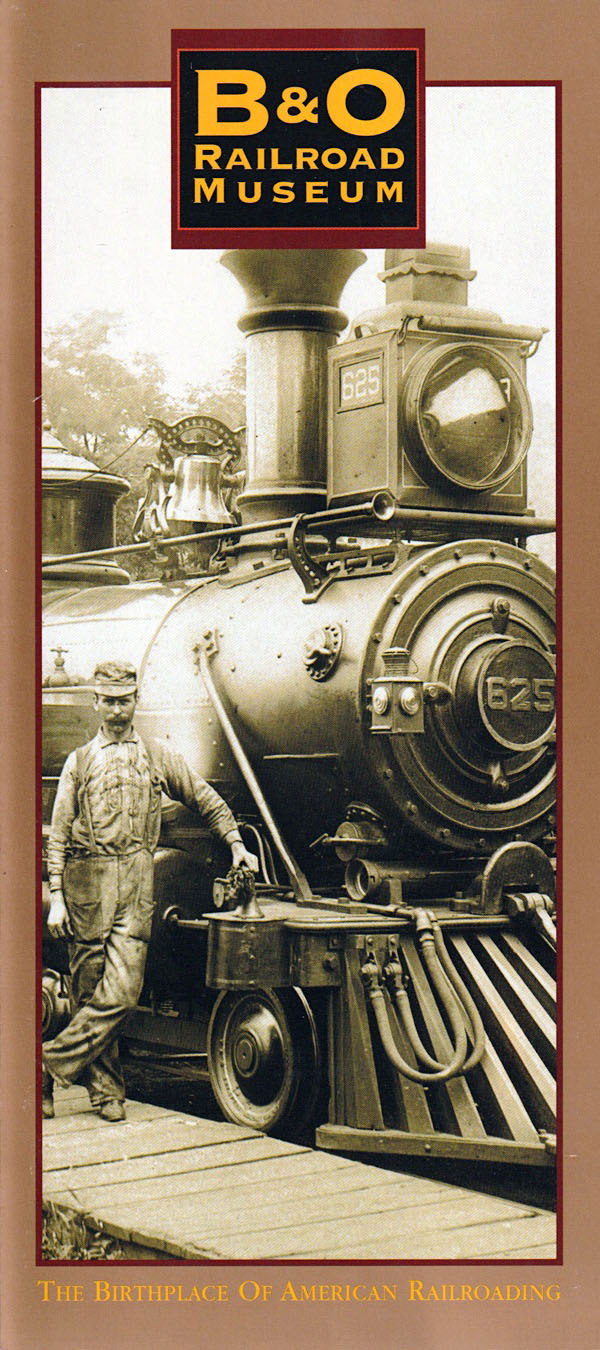
brochure / collection

brochure / collection
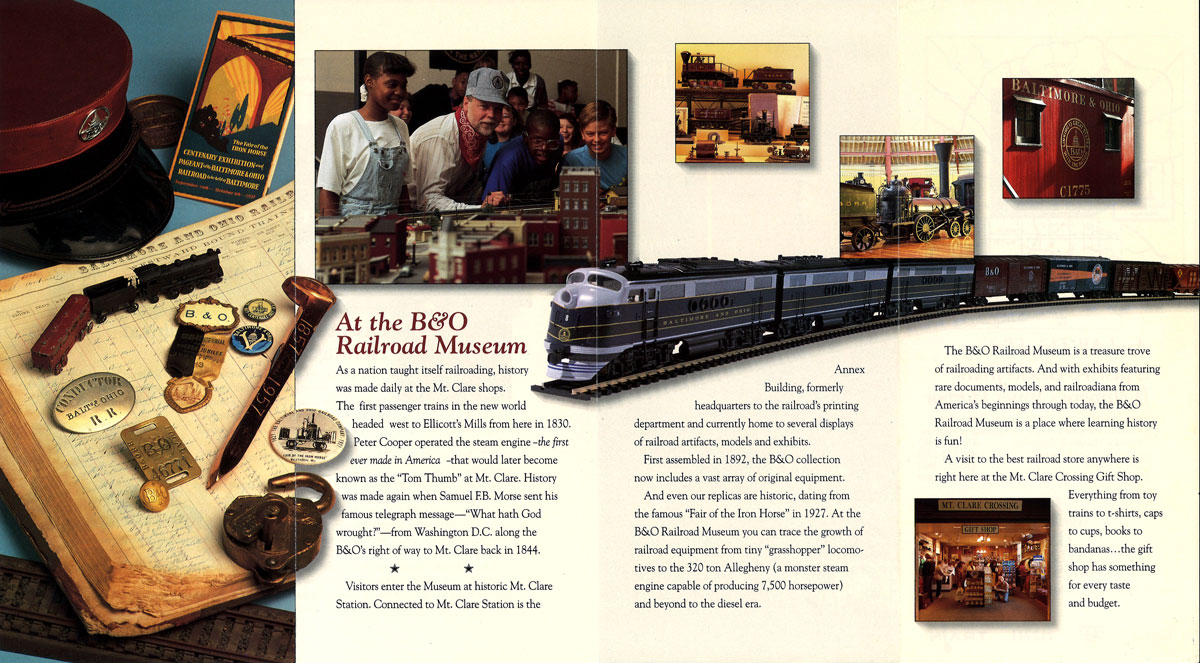
collection

brochure / collection

1966 tourist train guide ad / collection

1971 tourist train guide ad / collection
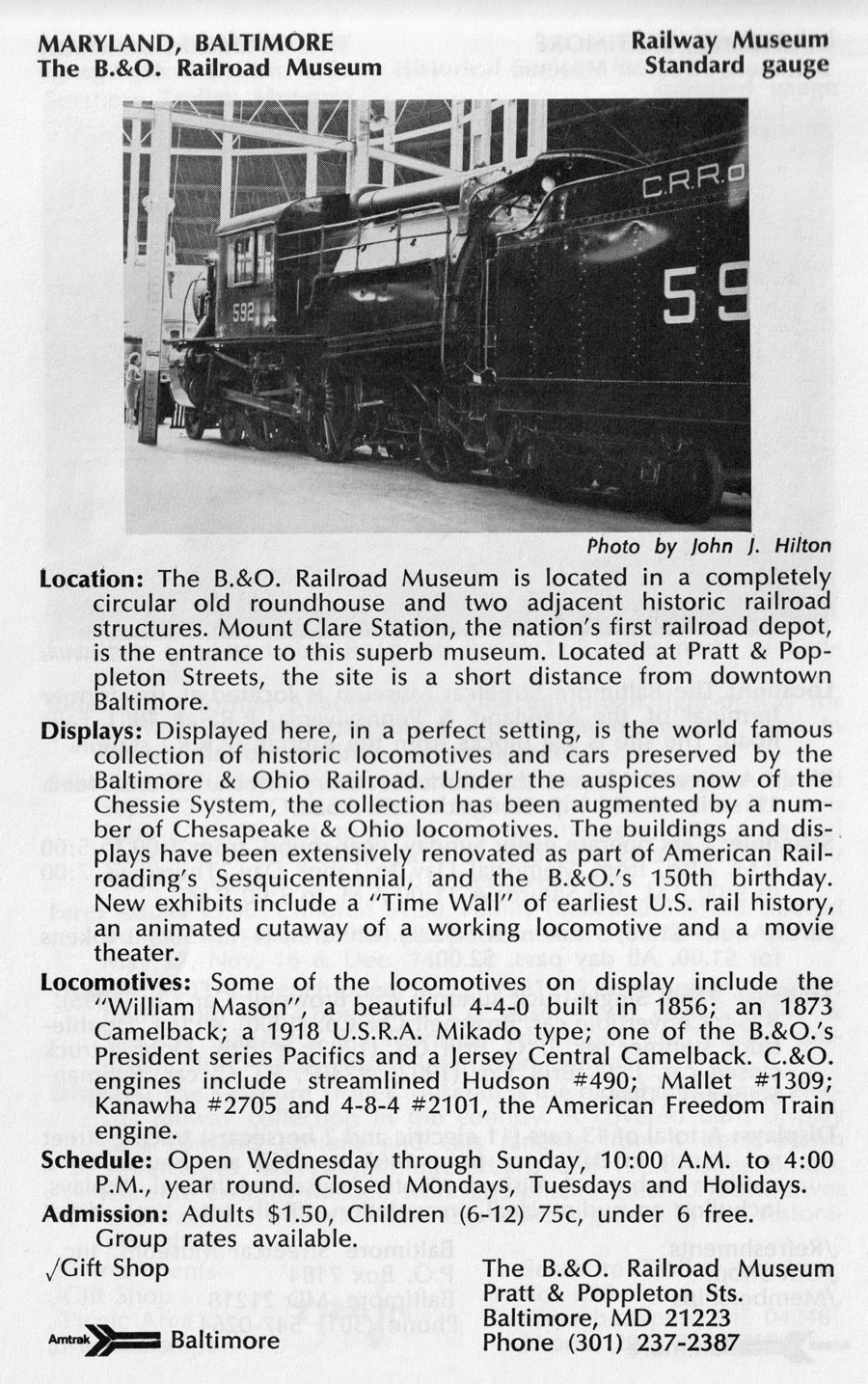
1980 tourist train guide ad / collection

1994 tourist train guide ad / collection
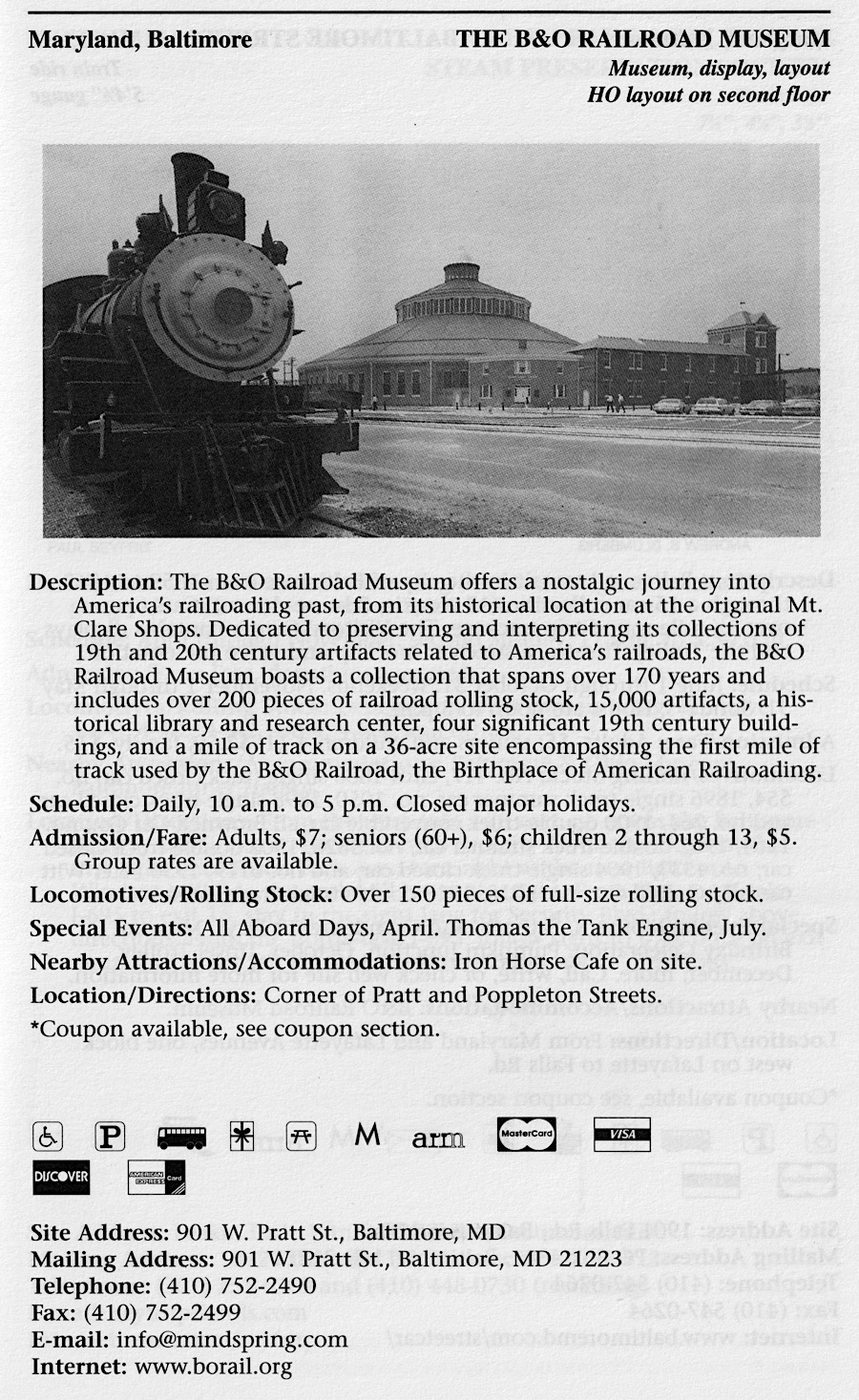
2001 tourist train guide ad / collection
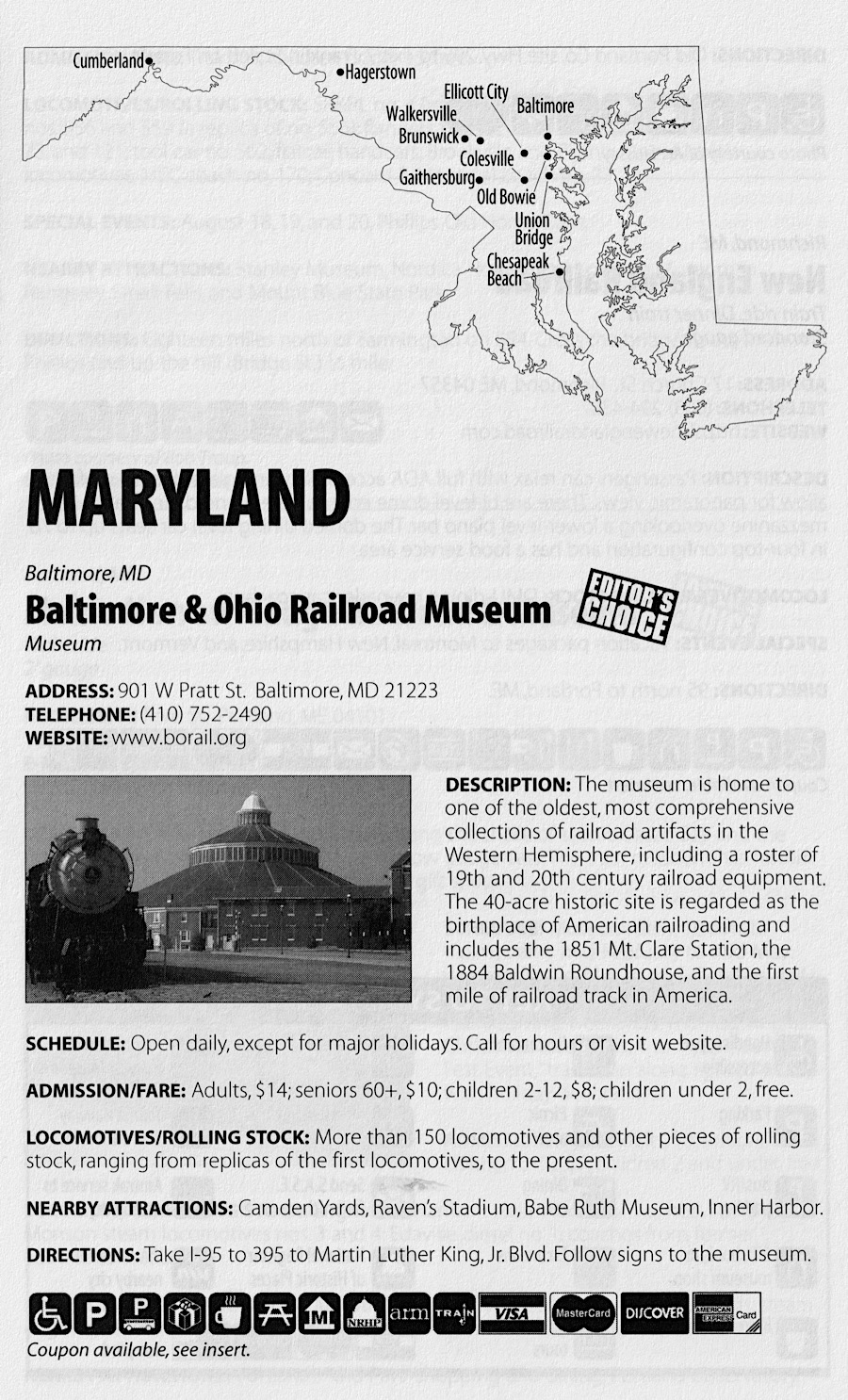
2006 tourist train guide ad / collection

2013 tourist train guide ad / collection

2019 tourist train guide ad / collection
Lagniappe



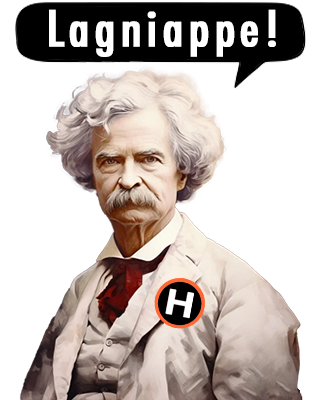
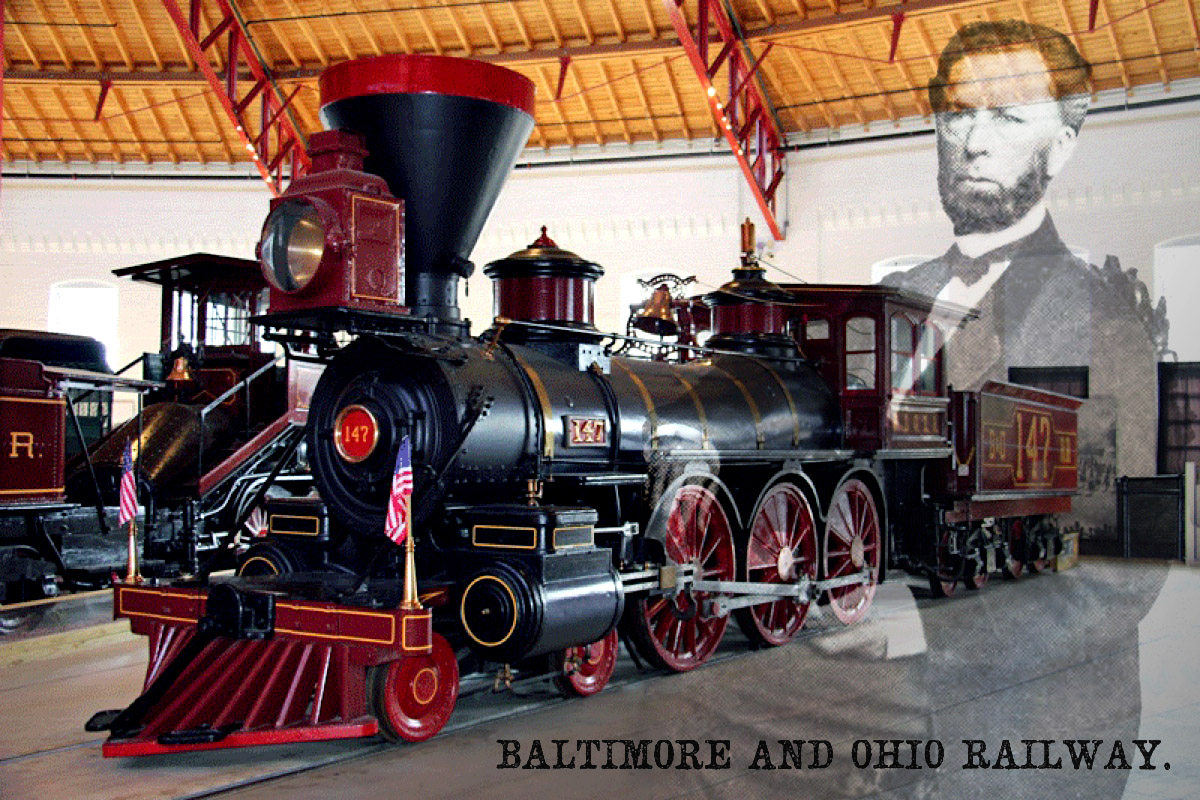
Thatcher Perkins' Masterpiece
Baltimore, Md / Mar 2016 / RWH
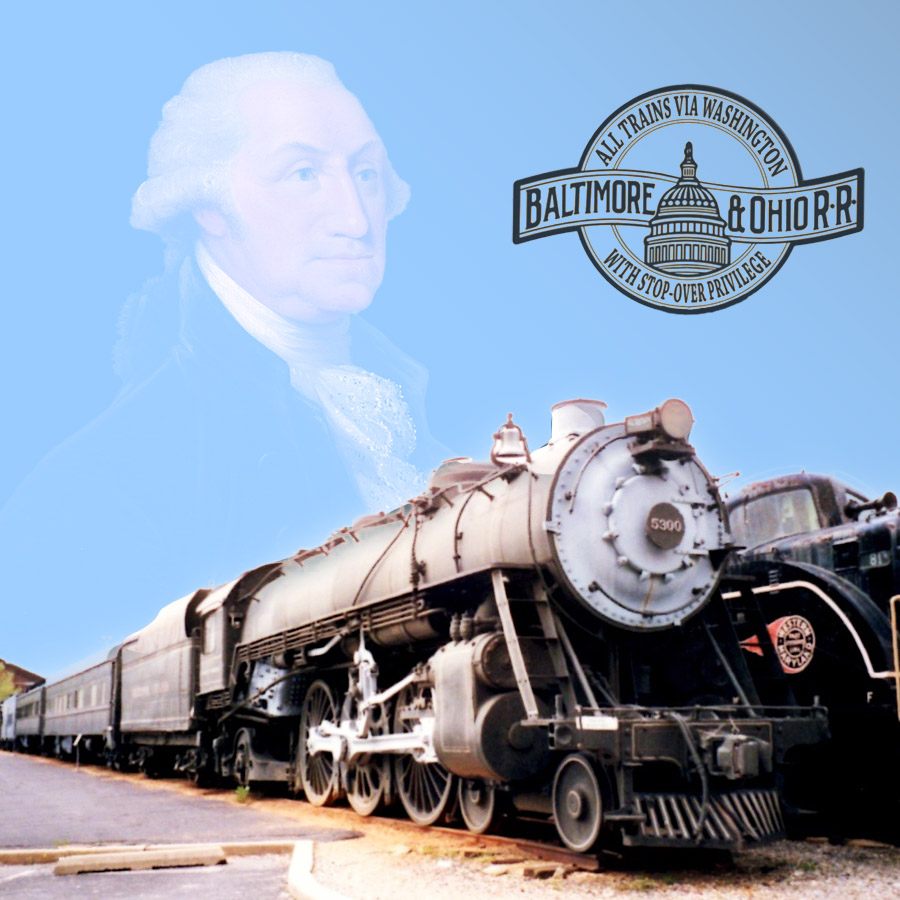
General Washington's Mover
Baltimore, Md / Mar 2016 / RWH

The Railroad Way
Baltimore, Md / Mar 2016 / RWH
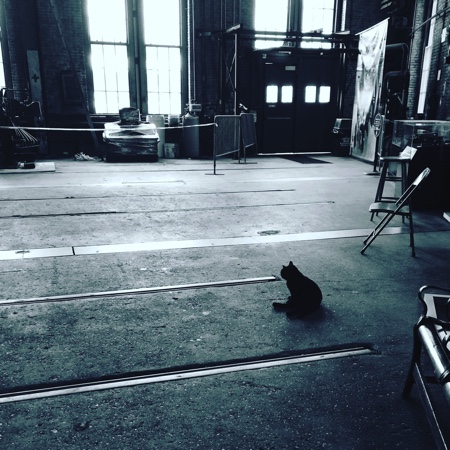
Shop Kitty
Baltimore, Md / Mar 2016 / Rebecca Hankins
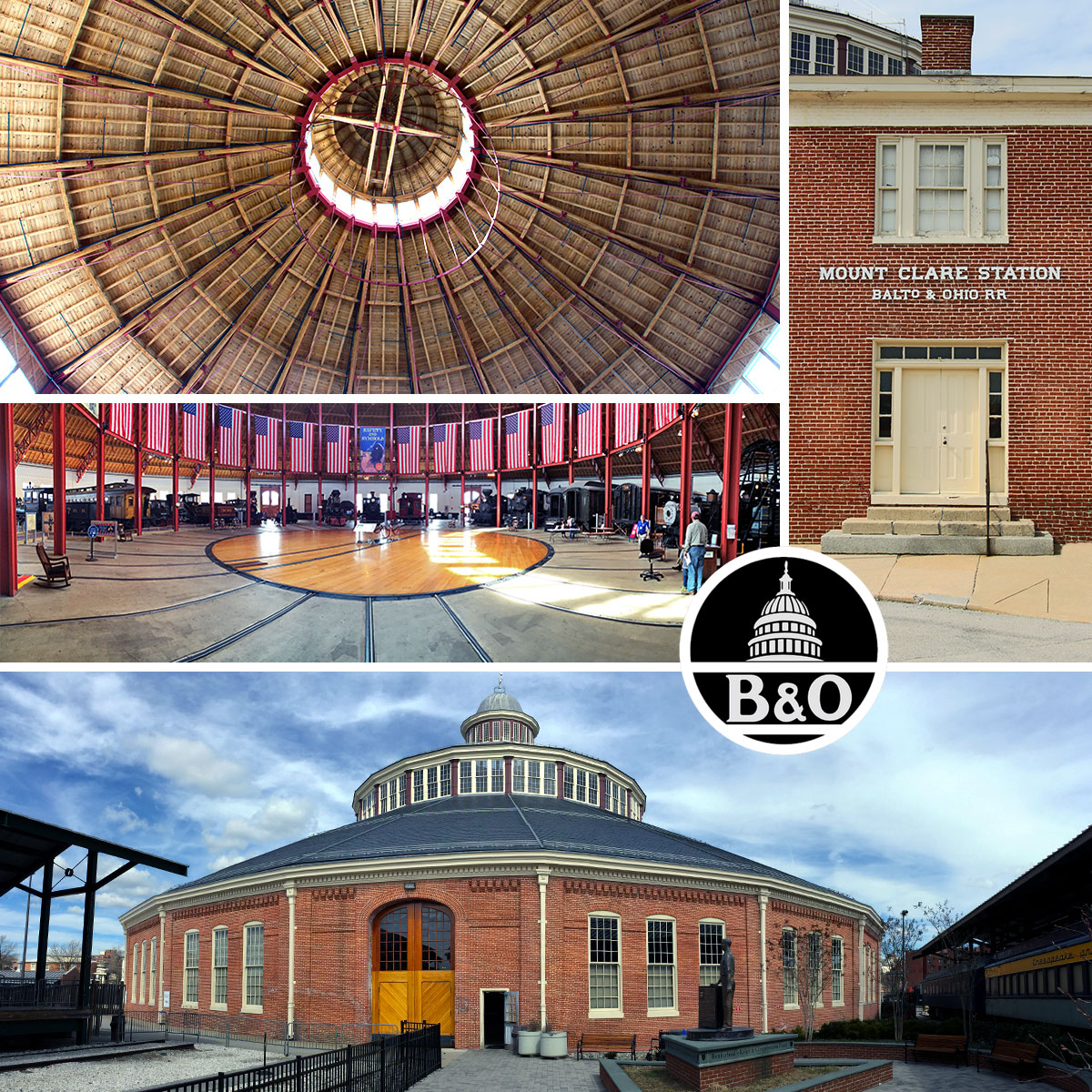
A Temple for Steam
Mar 2016 / images and artwork RWH
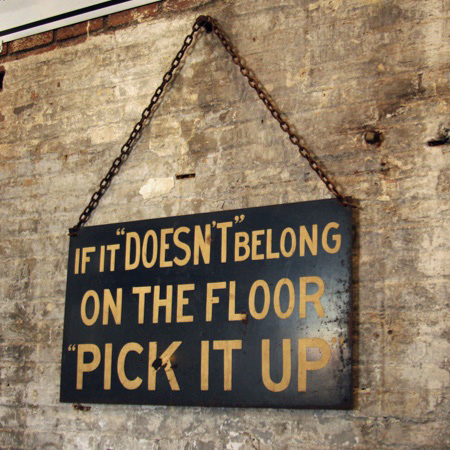
"Pick It Up" They Say
Baltimore, Md / Mar 2016 / RWH
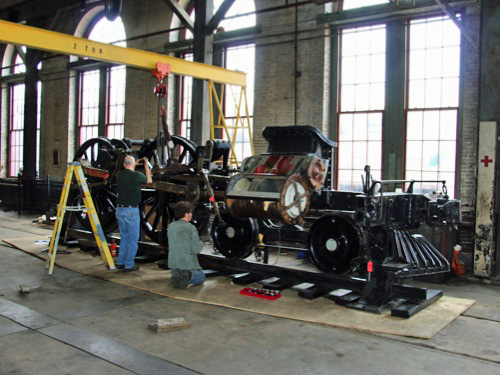
School's in Session
Baltimore, Md / Mar 2016 / RWH
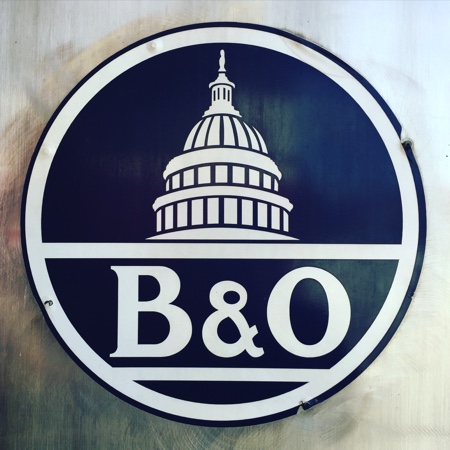
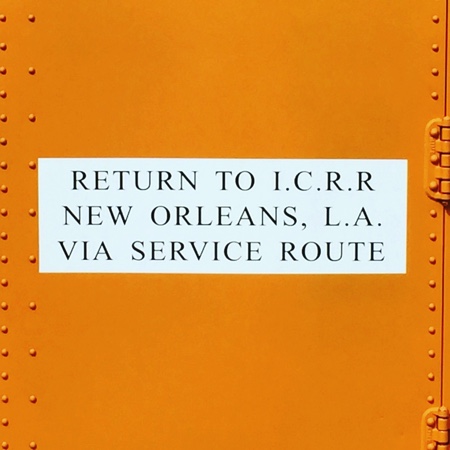

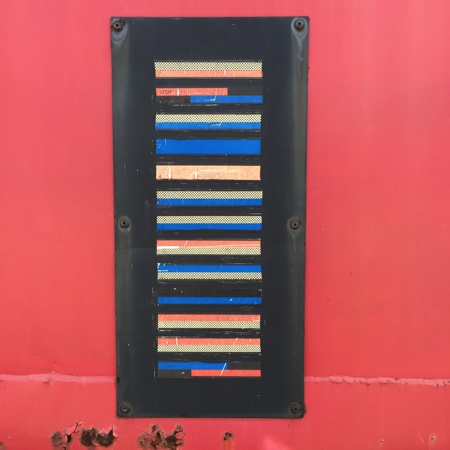
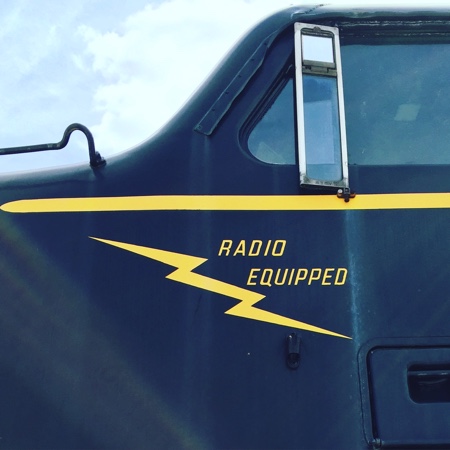
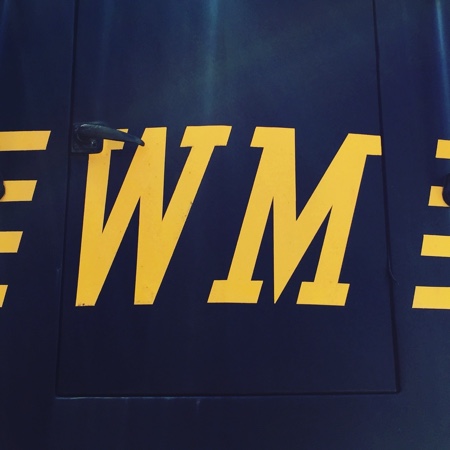
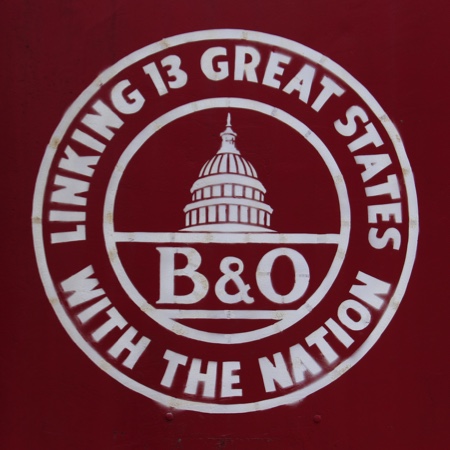
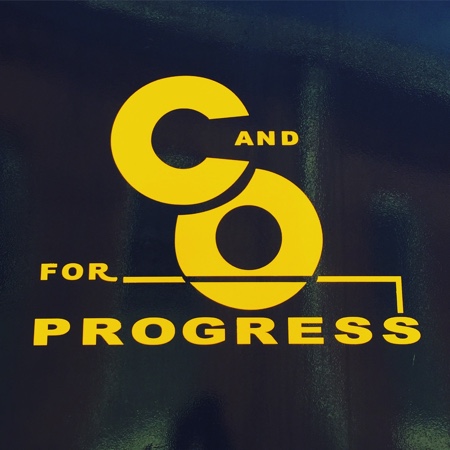
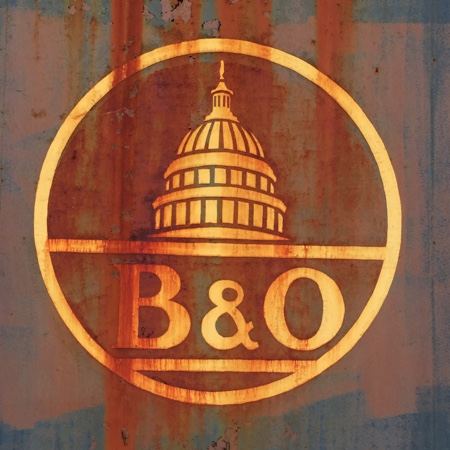
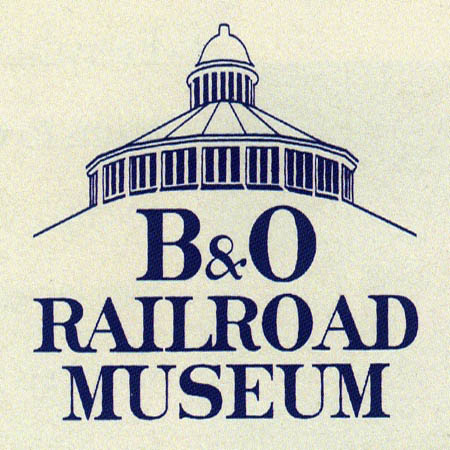

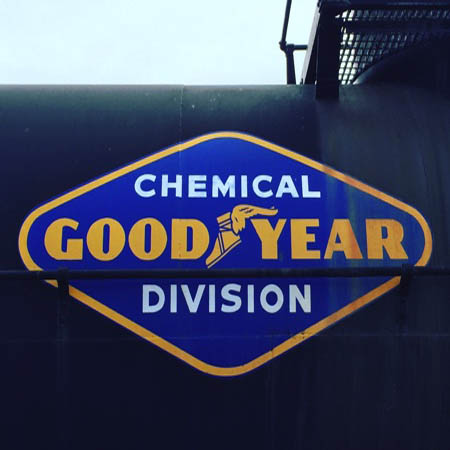
Markings in Maryland
Mar 2016 / RWH
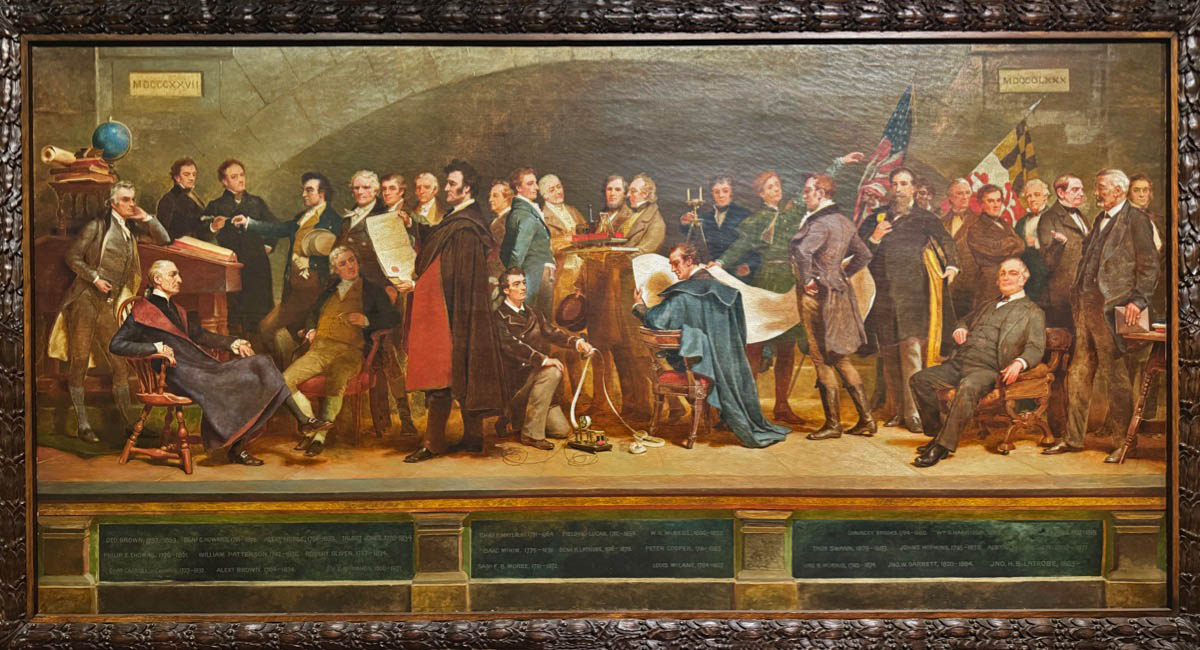
Baltimore Board Meeting
Dec 2024 / RWH
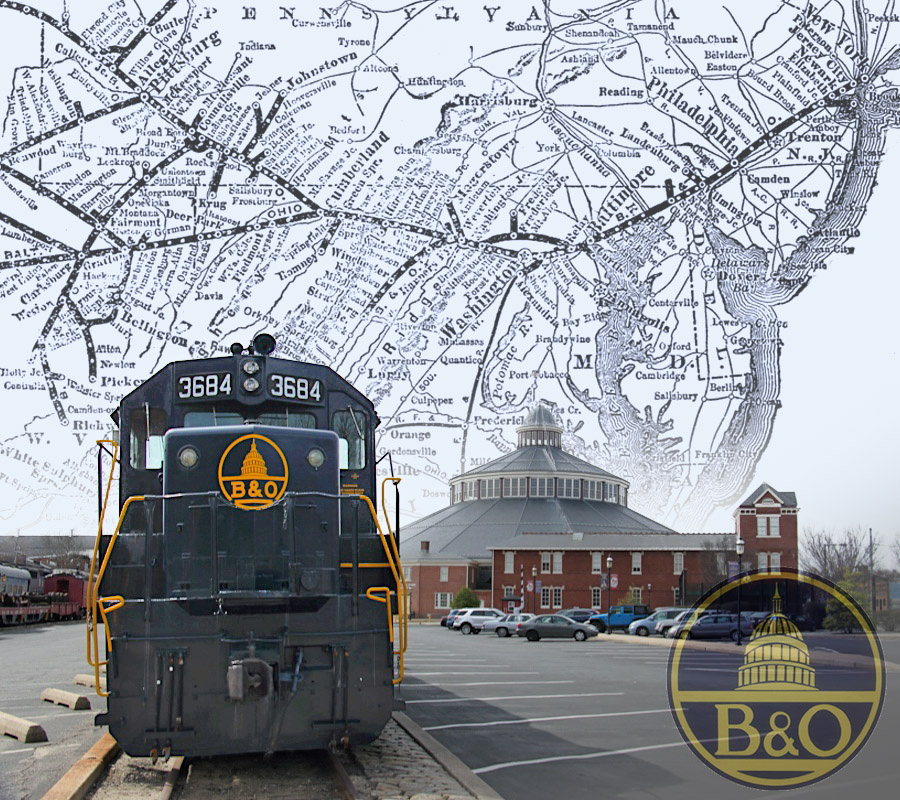
The Nation's First Mainline
image and artwork RWH
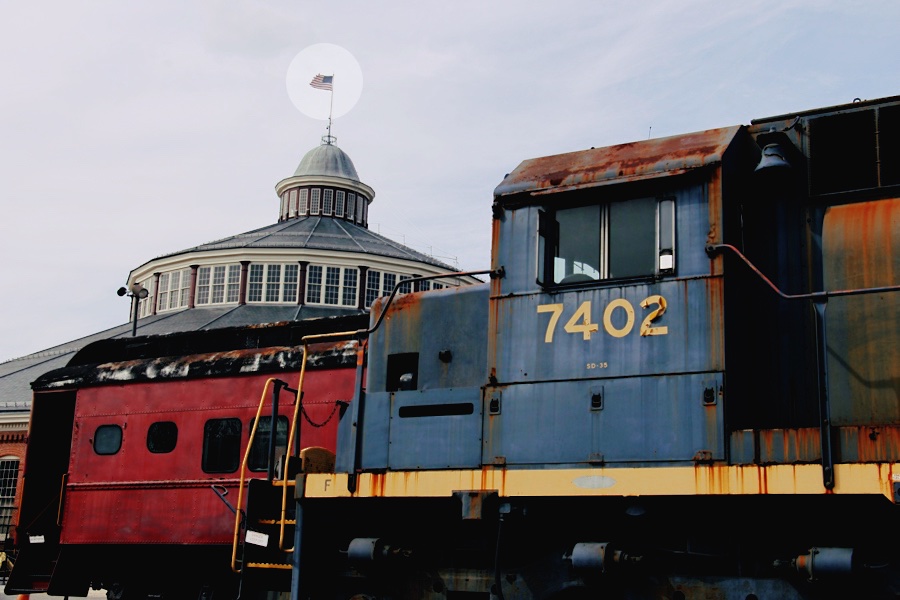
Old Glory Grounds
Baltimore, Md / Mar 2016 / RWH
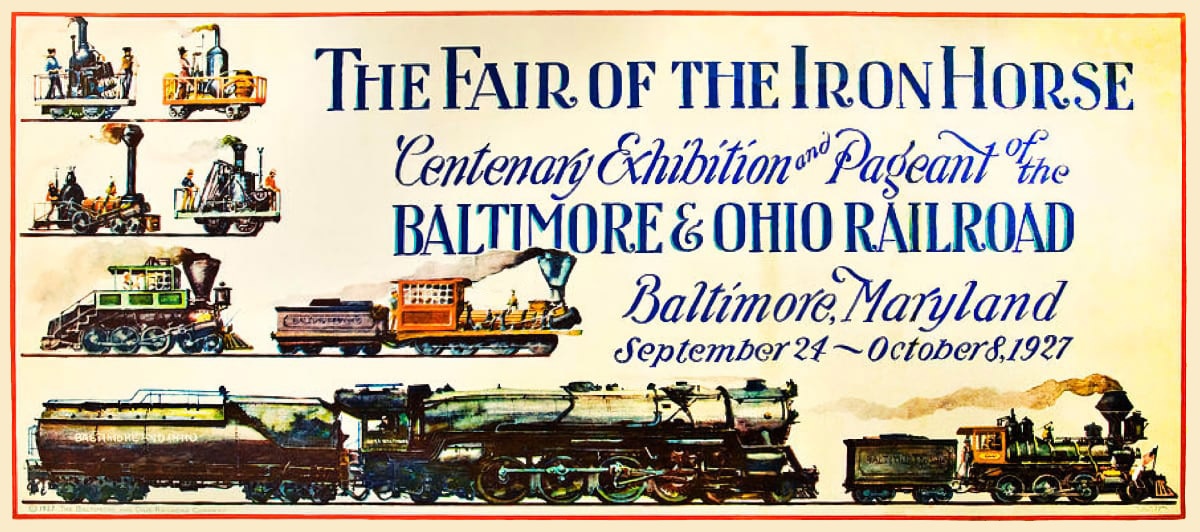
Pretty Girls at the Pageant
collection
 Snapshots
Snapshots

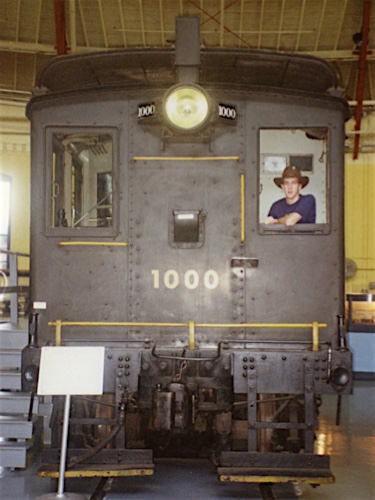 My first visit to the magnificent Baltimore & Ohio Railroad Museum was in August of 1994, which happened to be the summer between my sophomore and junior year of college. That was also the summer of my engagement to my college sweetheart. After my summer job was over, but before school started again in the fall, my father picked me up in Bristol, Tennessee, and we drove to Richmond to see my fiancee and future in-laws. After a wonderful visit there, we headed north on a week-long railfan safari through eastern Maryland and eastern Pennsylvania. The first stop: the amazing B&O museum. The collection was and remains an incredible assemblage of 19th and early 20th century equipment. The roundhouse interior collection was worth the visit alone, and our stop there was 10 years before the now-famous winter roof collapse. Growing up as a kid loving trains, you read about the Tom Thumb and the Lafayette and that whole cast of early steam-making characters that launched this wild mode of transportation on our continent. But to see the little beasts in person, or at least some of their replicas, is a treat at any age. Standing next to one of those early kettles, it is not too hard to imagine them bouncing and clanking their way down what must have been some terrible trackage. What a ride that must have been! All in all, we spent an entire day on the Baltimore site -- like a visit to the motherland. Yet despite all that colonial American technology, I actually think my dad's favorite item on the property was the eccentric WWII-era Maryland & Pennsylvania converted track inspection car, pictured below. The old man was always a sucker for a vintage automobile set to rails. As for me, I fell in love with this Central of New Jersey boxcab switcher -- hustle muscle, back in the earliest days of the diesel-electric.
My first visit to the magnificent Baltimore & Ohio Railroad Museum was in August of 1994, which happened to be the summer between my sophomore and junior year of college. That was also the summer of my engagement to my college sweetheart. After my summer job was over, but before school started again in the fall, my father picked me up in Bristol, Tennessee, and we drove to Richmond to see my fiancee and future in-laws. After a wonderful visit there, we headed north on a week-long railfan safari through eastern Maryland and eastern Pennsylvania. The first stop: the amazing B&O museum. The collection was and remains an incredible assemblage of 19th and early 20th century equipment. The roundhouse interior collection was worth the visit alone, and our stop there was 10 years before the now-famous winter roof collapse. Growing up as a kid loving trains, you read about the Tom Thumb and the Lafayette and that whole cast of early steam-making characters that launched this wild mode of transportation on our continent. But to see the little beasts in person, or at least some of their replicas, is a treat at any age. Standing next to one of those early kettles, it is not too hard to imagine them bouncing and clanking their way down what must have been some terrible trackage. What a ride that must have been! All in all, we spent an entire day on the Baltimore site -- like a visit to the motherland. Yet despite all that colonial American technology, I actually think my dad's favorite item on the property was the eccentric WWII-era Maryland & Pennsylvania converted track inspection car, pictured below. The old man was always a sucker for a vintage automobile set to rails. As for me, I fell in love with this Central of New Jersey boxcab switcher -- hustle muscle, back in the earliest days of the diesel-electric.
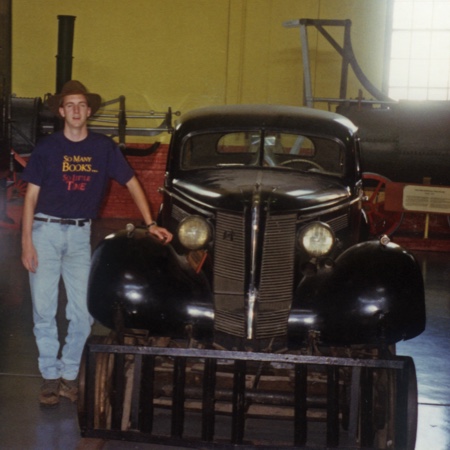
Baltimore, Md / Aug 1994 / JCH

Baltimore, Md / Aug 1994 / RWH
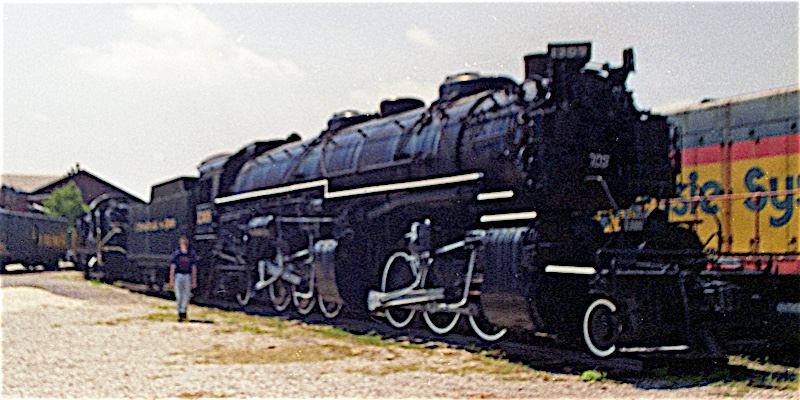
Baltimore, Md / Aug 1994 / JCH

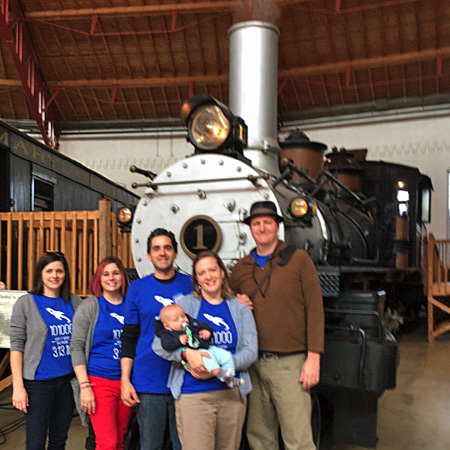 My second visit to the BORM was in 2000 when my wife and I took a week-long camping trip through Maryland, including a day in Baltimore. But my third visit to the site saw our siblings in tow. We came to Baltimore for a surprise birthday weekend to celebrate my brother-in-law Will turning 40. Will and I share a love of trains, so of course I did my duty as a brother-in-law and suggested to the women that a few hours at the Museum would be in order. The place did not disappoint, again. It was good to be back there since the rebuilding effort after the roof collapse in 2003. The turntable collection looks better than ever, and I enjoyed seeing the new shop building where finally the more modern steamers get a roof over their heads. Since Will and family live in the southwest Virginia, northeastern Tennessee region, perhaps it was fitting that we posed as a family in front of little Clinchfield #1. It was fun to sit in her cab again, pointing out the shop-made controls for that trailing B-unit that made all those mountain Christmas trains possible.
My second visit to the BORM was in 2000 when my wife and I took a week-long camping trip through Maryland, including a day in Baltimore. But my third visit to the site saw our siblings in tow. We came to Baltimore for a surprise birthday weekend to celebrate my brother-in-law Will turning 40. Will and I share a love of trains, so of course I did my duty as a brother-in-law and suggested to the women that a few hours at the Museum would be in order. The place did not disappoint, again. It was good to be back there since the rebuilding effort after the roof collapse in 2003. The turntable collection looks better than ever, and I enjoyed seeing the new shop building where finally the more modern steamers get a roof over their heads. Since Will and family live in the southwest Virginia, northeastern Tennessee region, perhaps it was fitting that we posed as a family in front of little Clinchfield #1. It was fun to sit in her cab again, pointing out the shop-made controls for that trailing B-unit that made all those mountain Christmas trains possible.

Baltimore, Md / Mar 2016 / RWH

Baltimore, Md / Mar 2016 / Rebecca Hankins

Mar 2016 / Rebecca Hankins
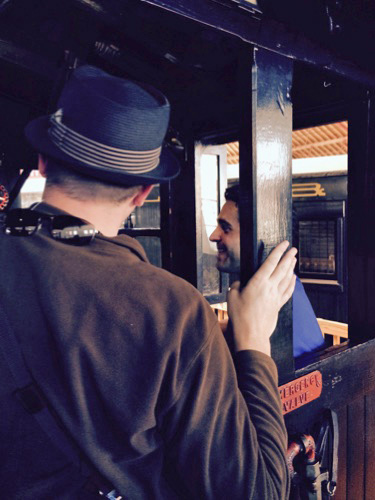
Mar 2016 / Rebecca Hankins
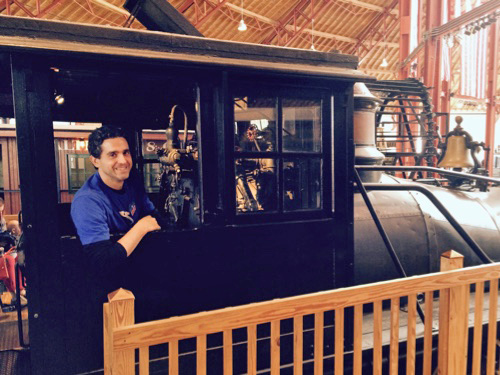
Baltimore, Md / Mar 2016 / RWH

Baltimore, Md / Mar 2016 / Will Hankins
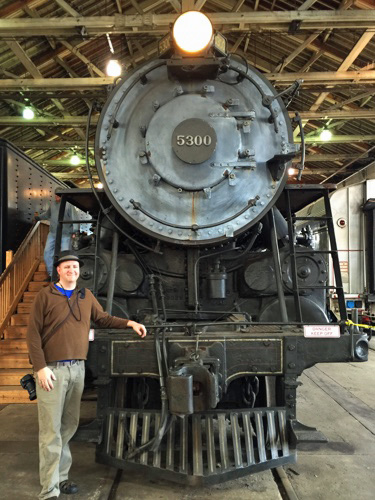
Mar 2016 / Will Hankins
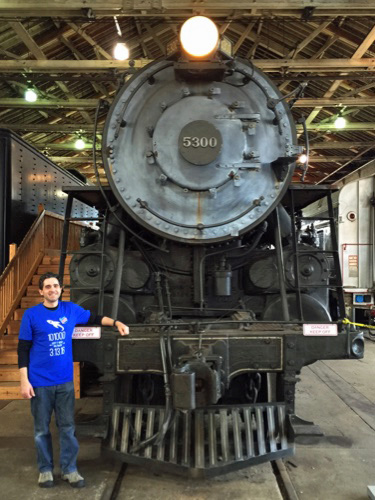
Mar 2016 / RWH
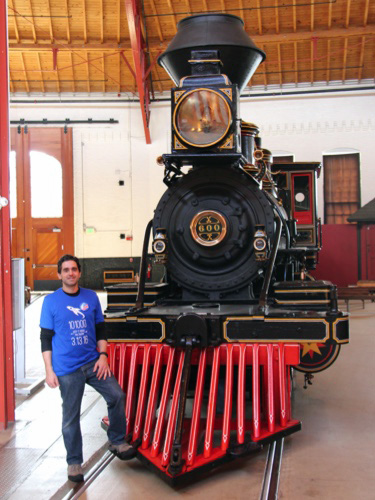
Mar 2016 / RWH

Baltimore, Md / Mar 2016 / RWH
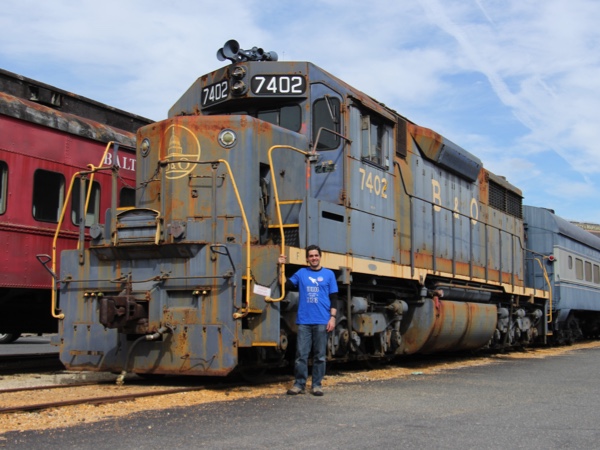
Baltimore, Md / Mar 2016 / RWH
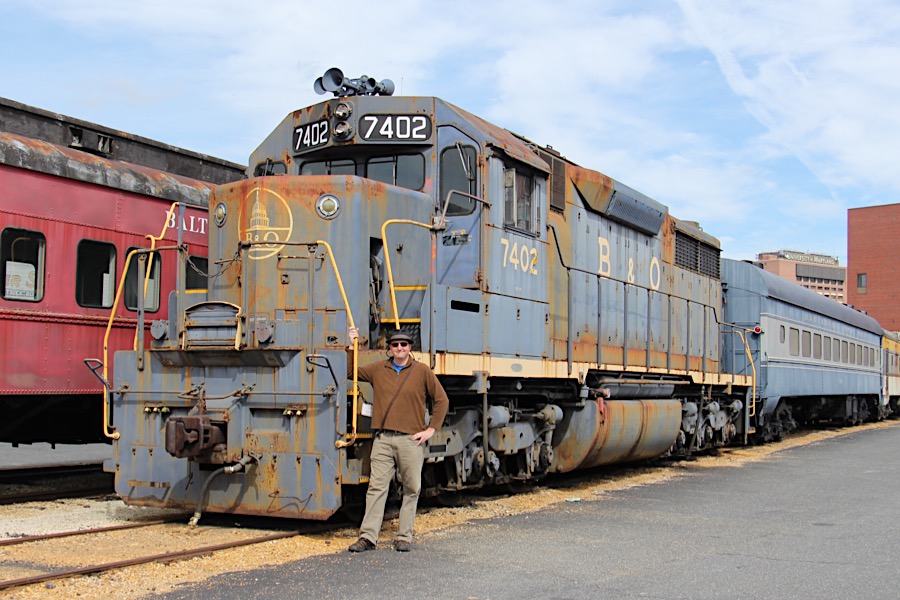
Baltimore, Md / Mar 2016 / Will Hankins

 Whenever I find some Western Maryland equipment -- mostly in museums now -- I always snap a pic and send it to my dear friend Mark Y, a proud native son of Garrett County, Maryland, on the western end of the state. Mark loves his home state, and it is easy for me to see why. Maryland is a lovely slice of ground, and I've enjoyed getting to know the route of the former WM over my years in the mid-Atlantic region. It is not hard to imagine a trio of these RS3s grinding away at the grade up to Frostburg, coal drag in tow. The Western M was one of those regional roads with a lot of local character, plus some mountain-hauling grit. I would have liked to have seen the road in its heyday.
Whenever I find some Western Maryland equipment -- mostly in museums now -- I always snap a pic and send it to my dear friend Mark Y, a proud native son of Garrett County, Maryland, on the western end of the state. Mark loves his home state, and it is easy for me to see why. Maryland is a lovely slice of ground, and I've enjoyed getting to know the route of the former WM over my years in the mid-Atlantic region. It is not hard to imagine a trio of these RS3s grinding away at the grade up to Frostburg, coal drag in tow. The Western M was one of those regional roads with a lot of local character, plus some mountain-hauling grit. I would have liked to have seen the road in its heyday.

Baltimore, Md / Dec 2024 / RWH


Baltimore, Md / Dec 2024 / RWH
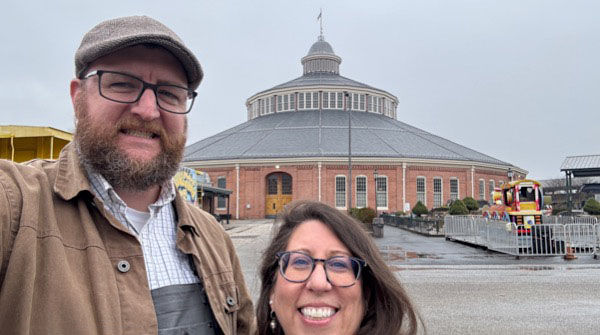
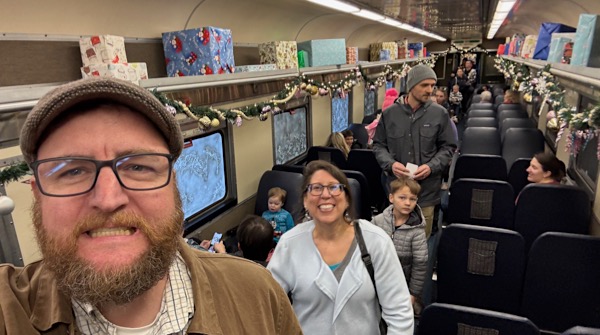
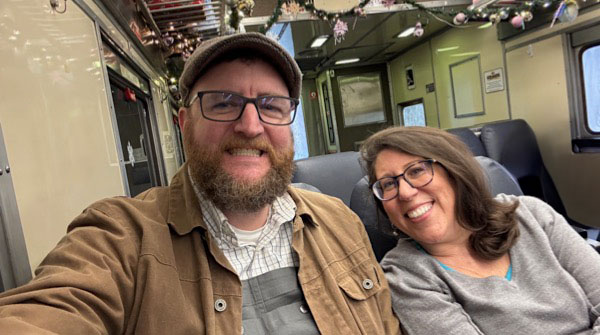

Baltimore, Md / Dec 2024 / RWH

Baltimore, Md / Dec 2024 / DKT
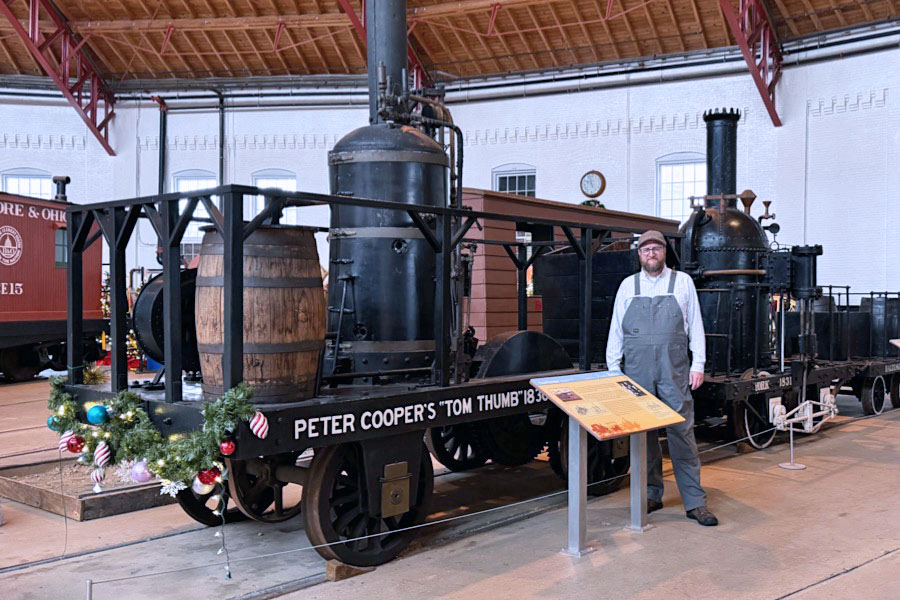
Baltimore, Md / Dec 2024 / DKT
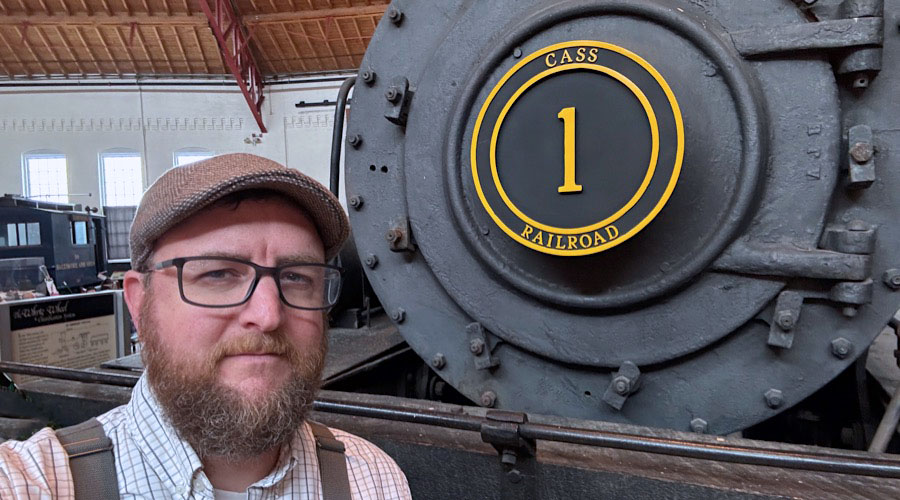
Dec 2024 / RWH
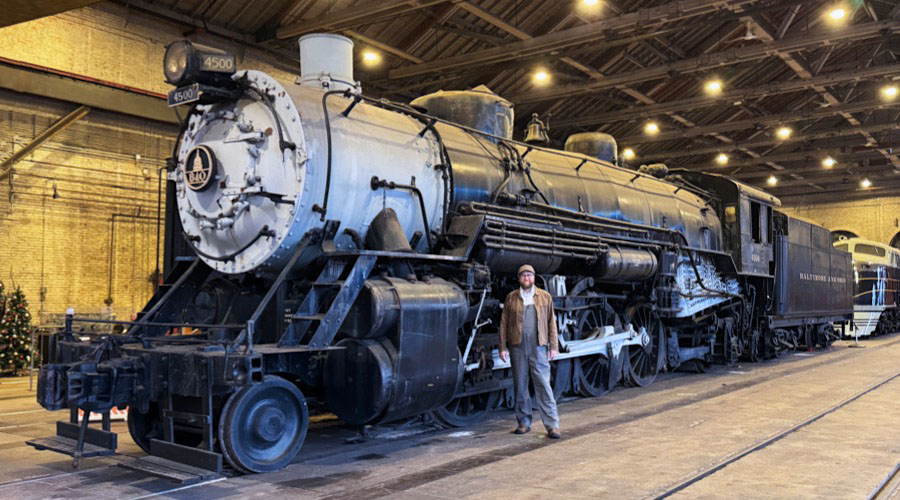
Baltimore, Md / Dec 2024 / DKT

Baltimore, Md / Dec 2024 / DKT
Links / Sources
- Baltimore & Ohio Railroad Museum website
- Maryland Historic Trust entry for Baltimore & Ohio Railroad Museum
- Wikipedia article for Baltimore & Ohio Railroad Museum
- rgusrail.com Baltimore & Ohio Railroad Museum page

